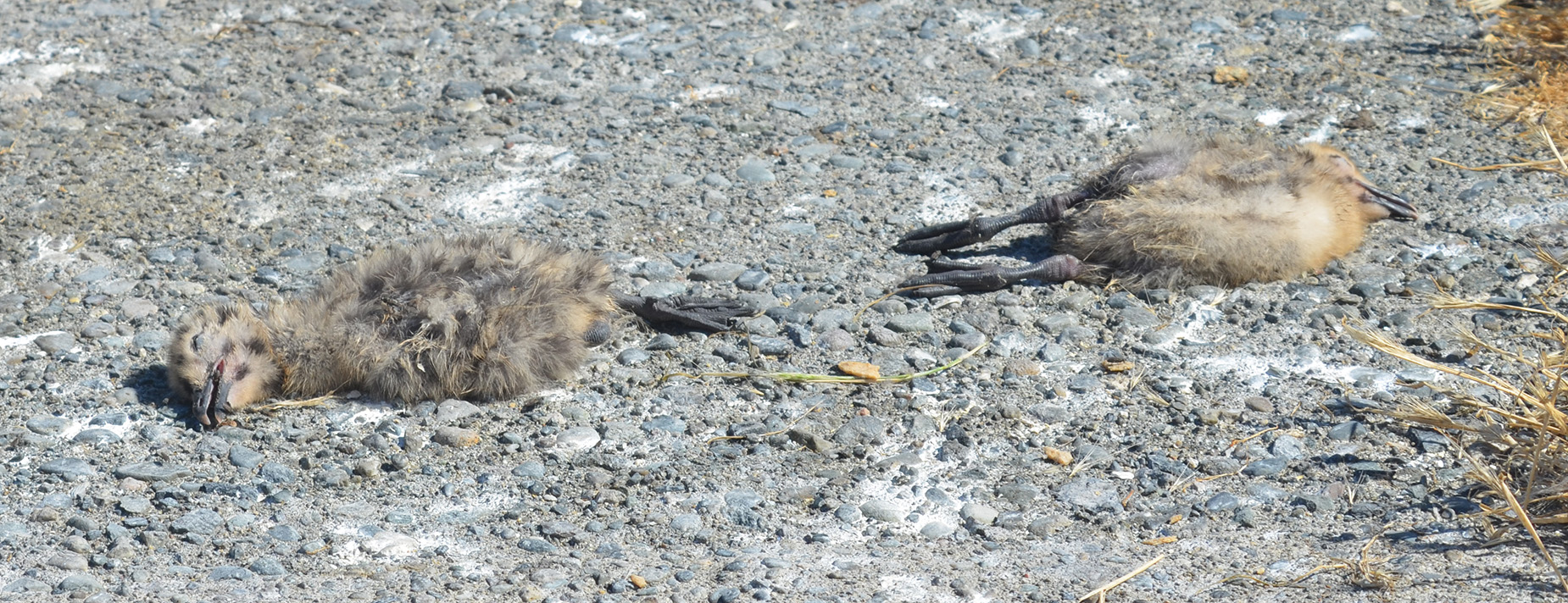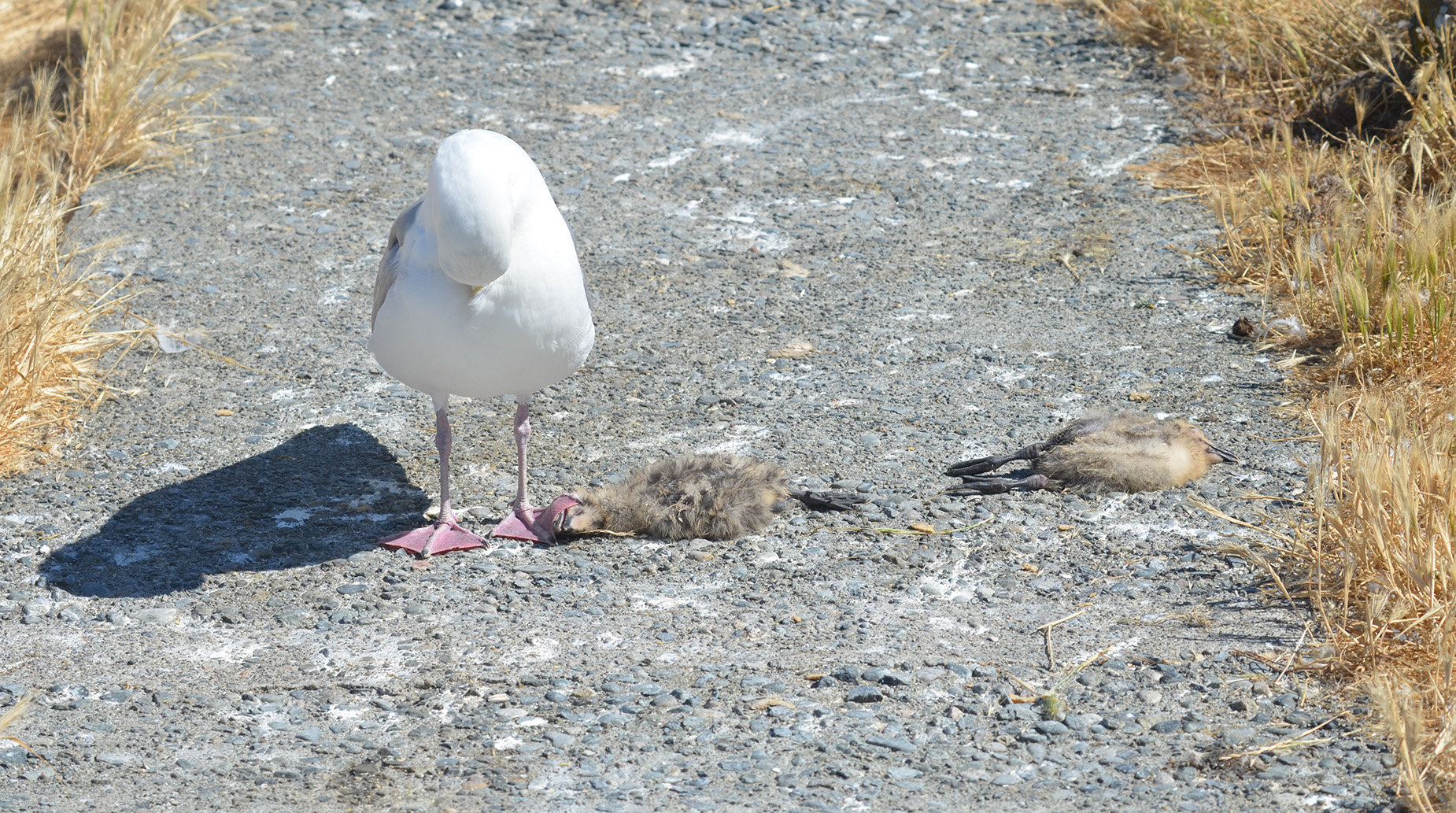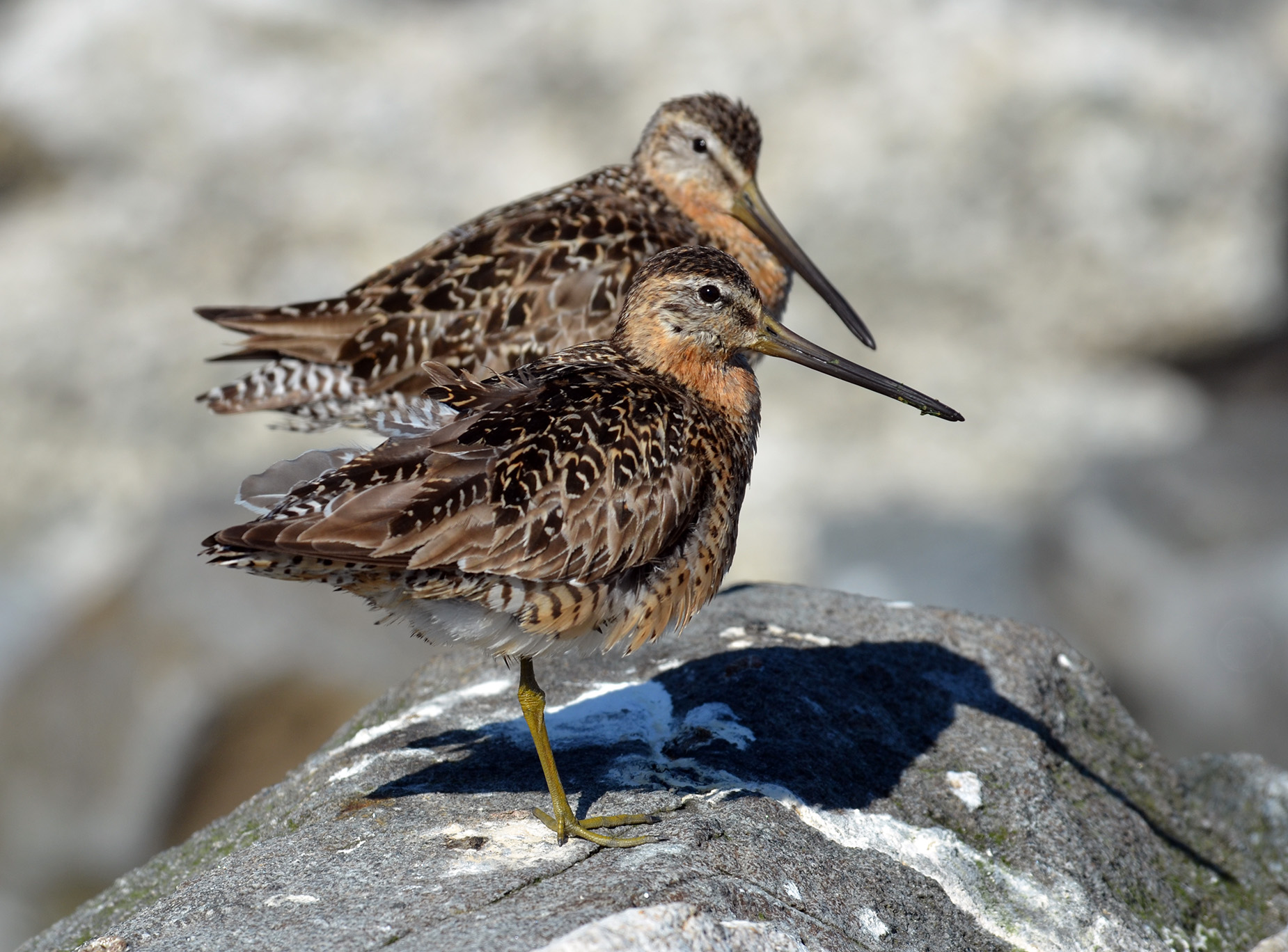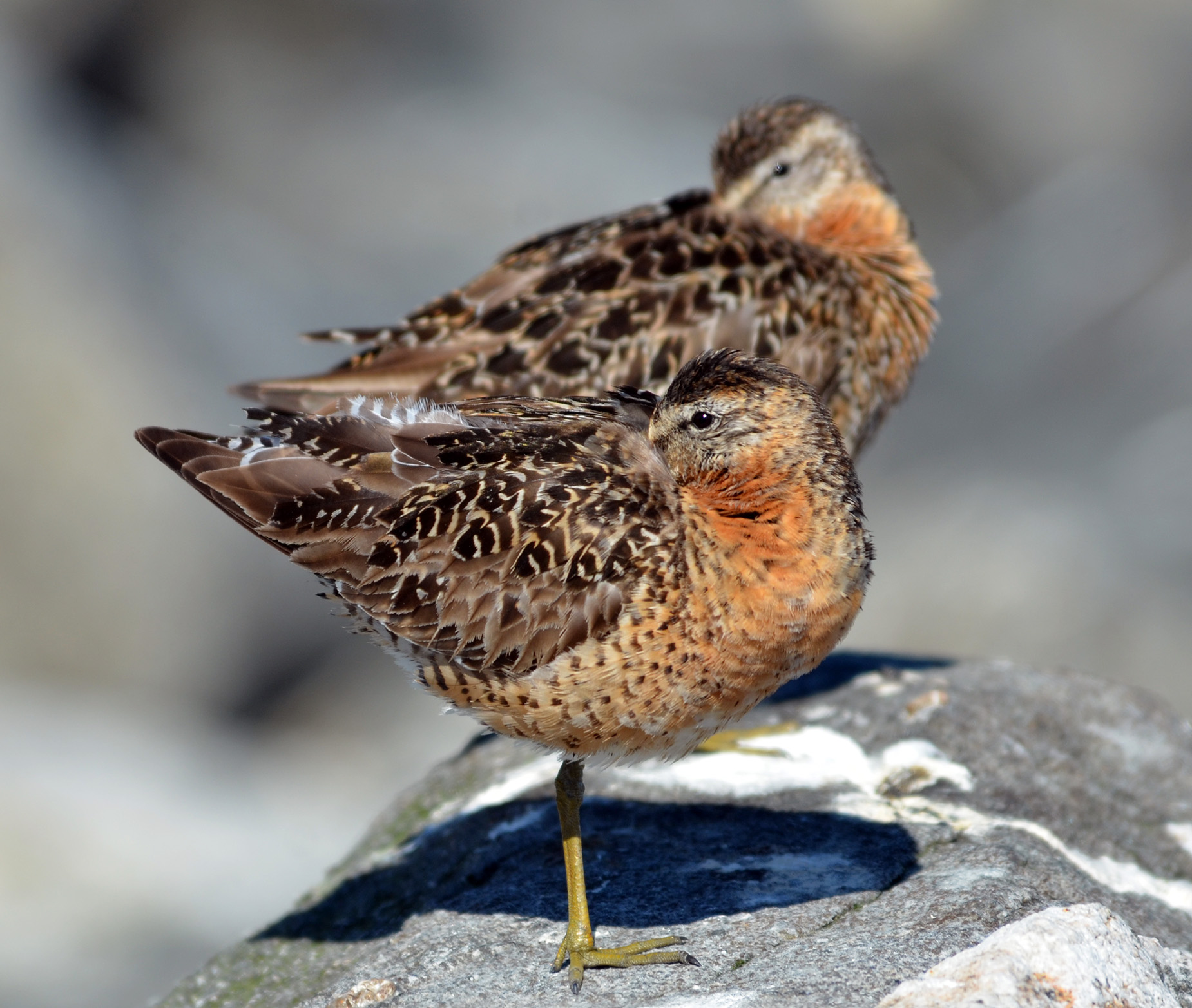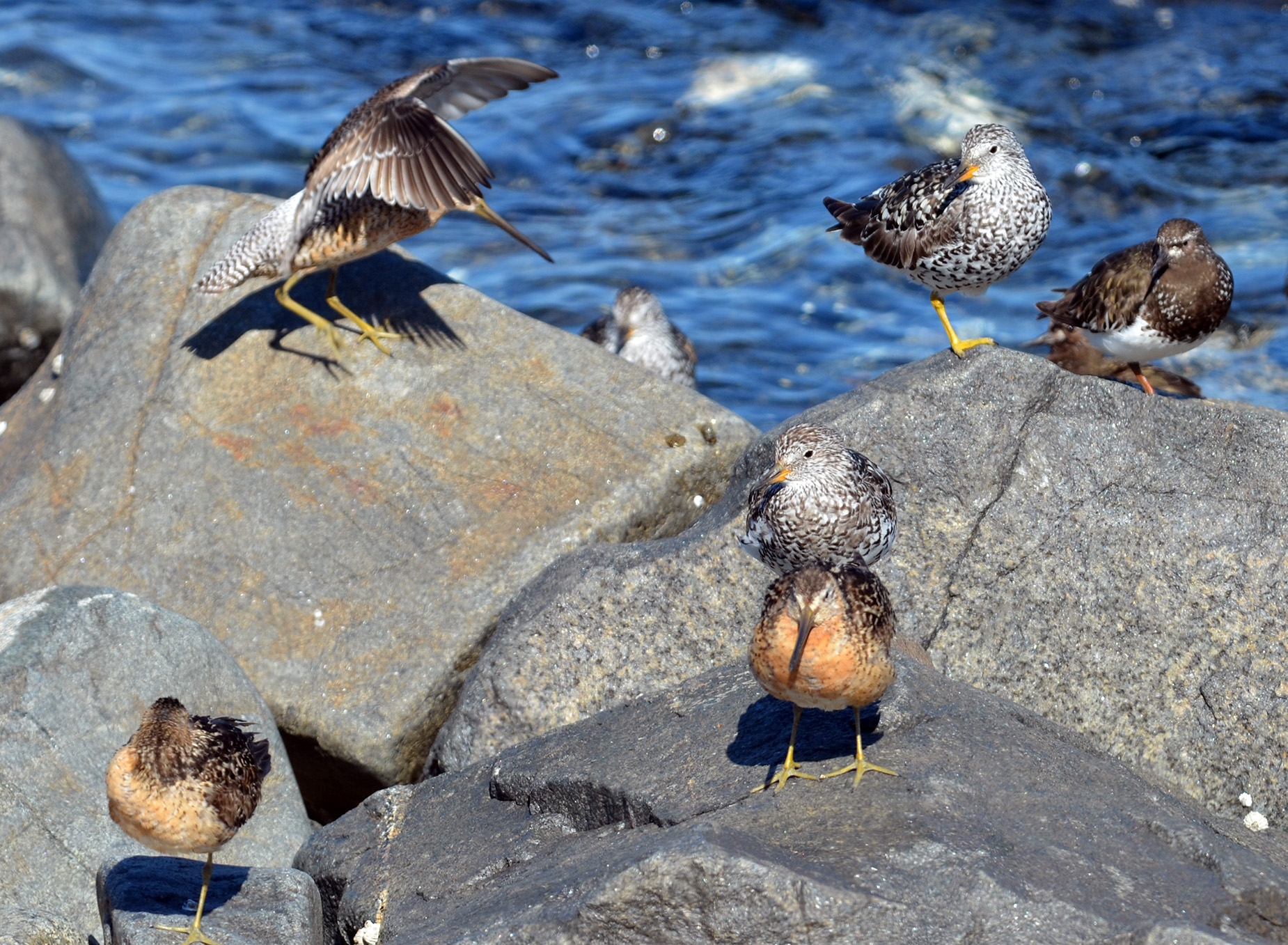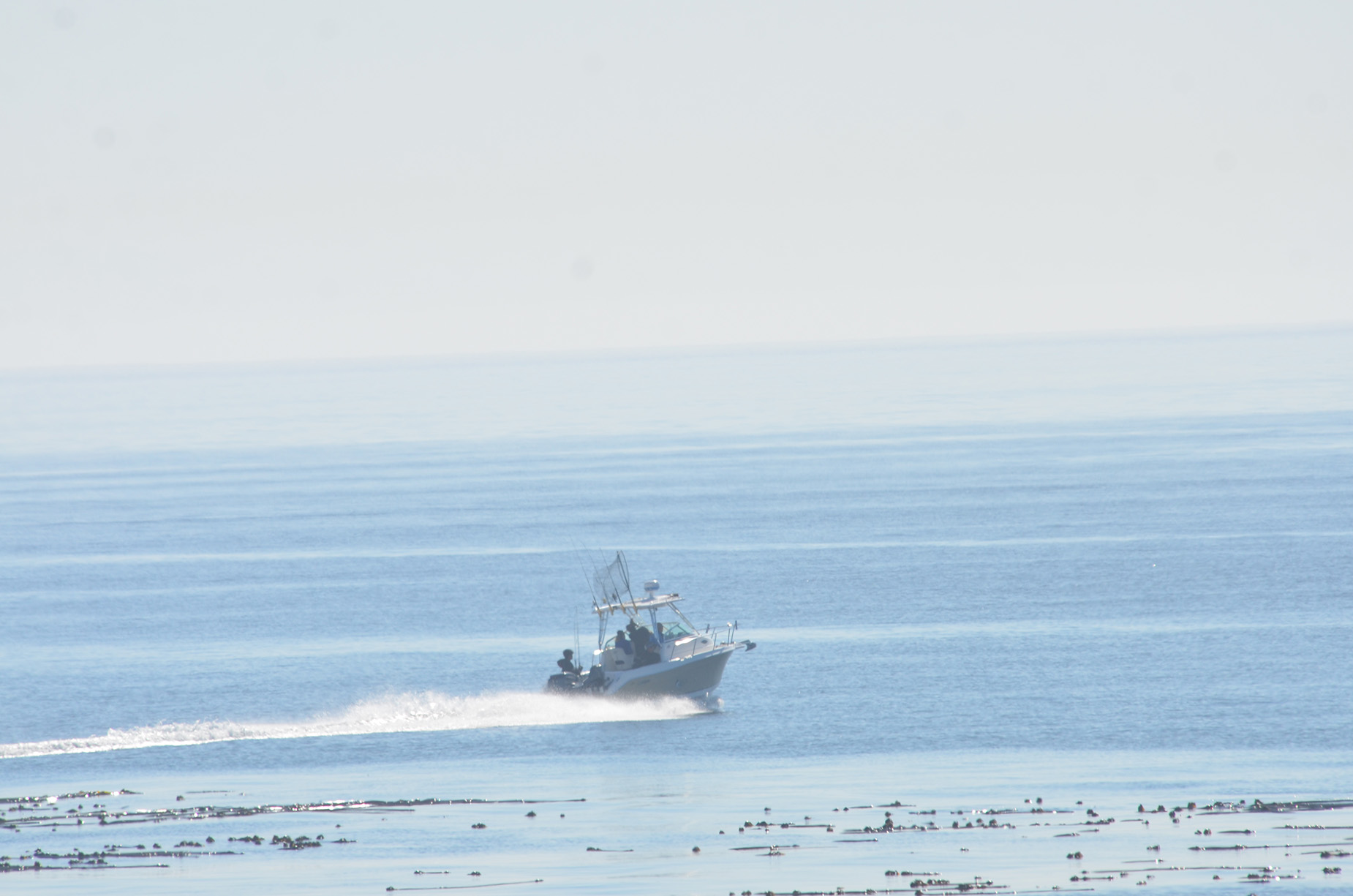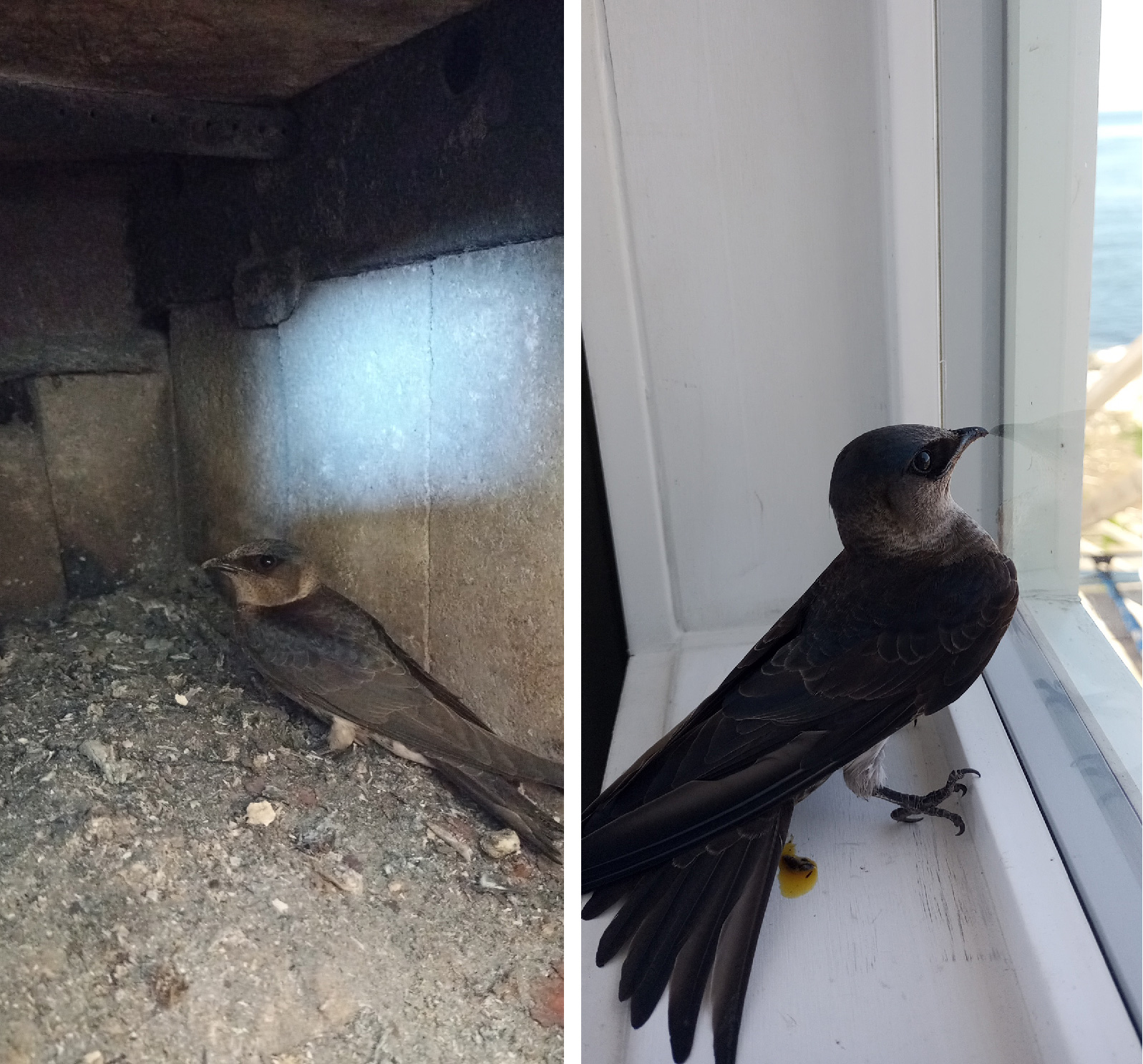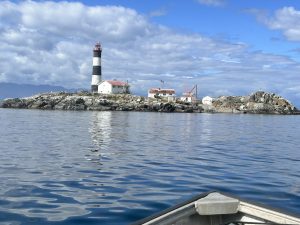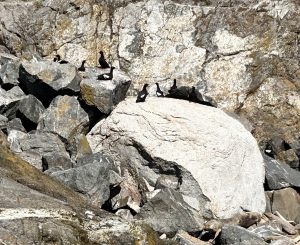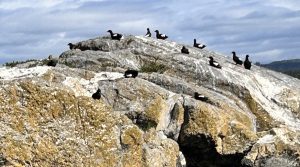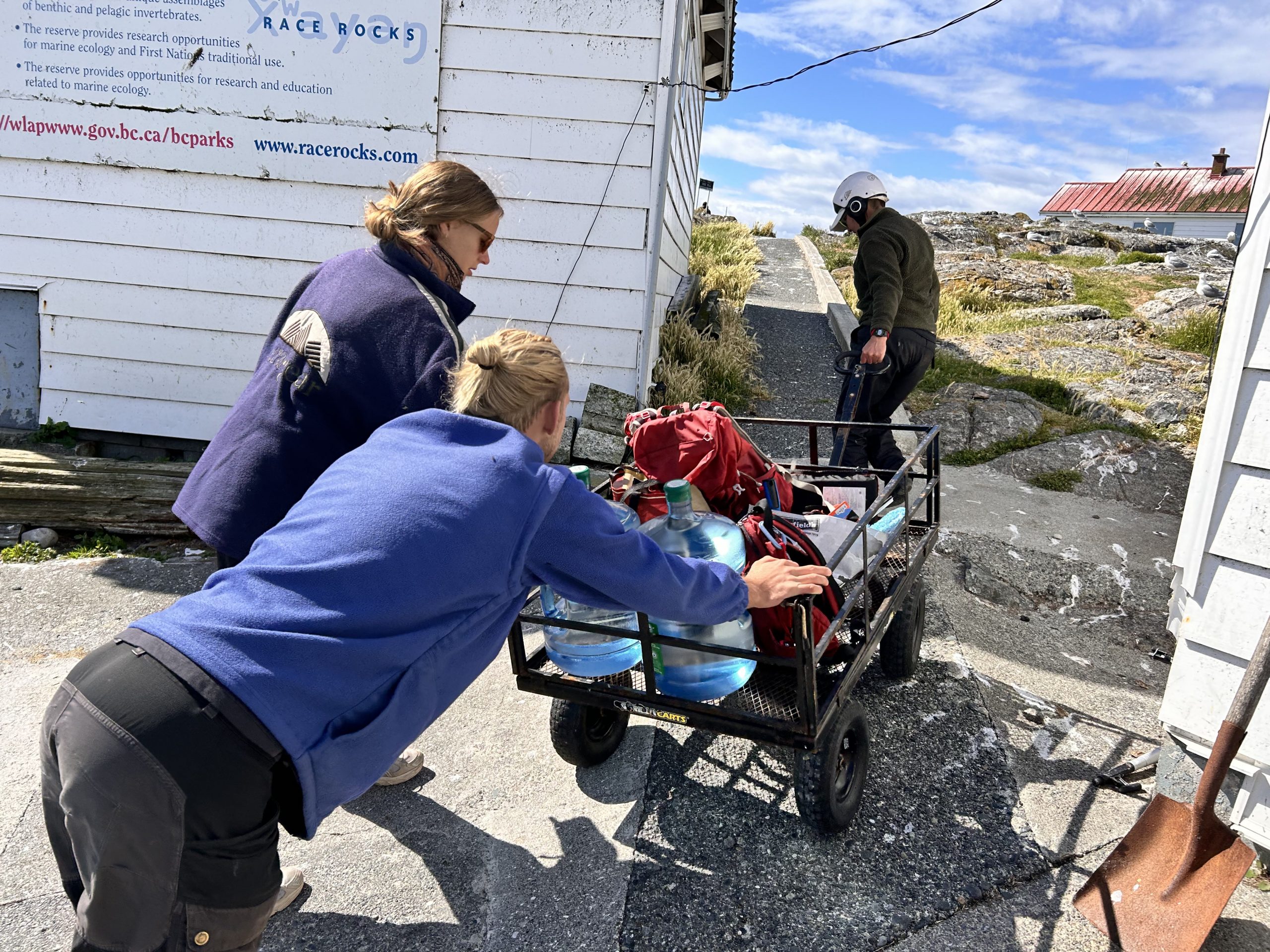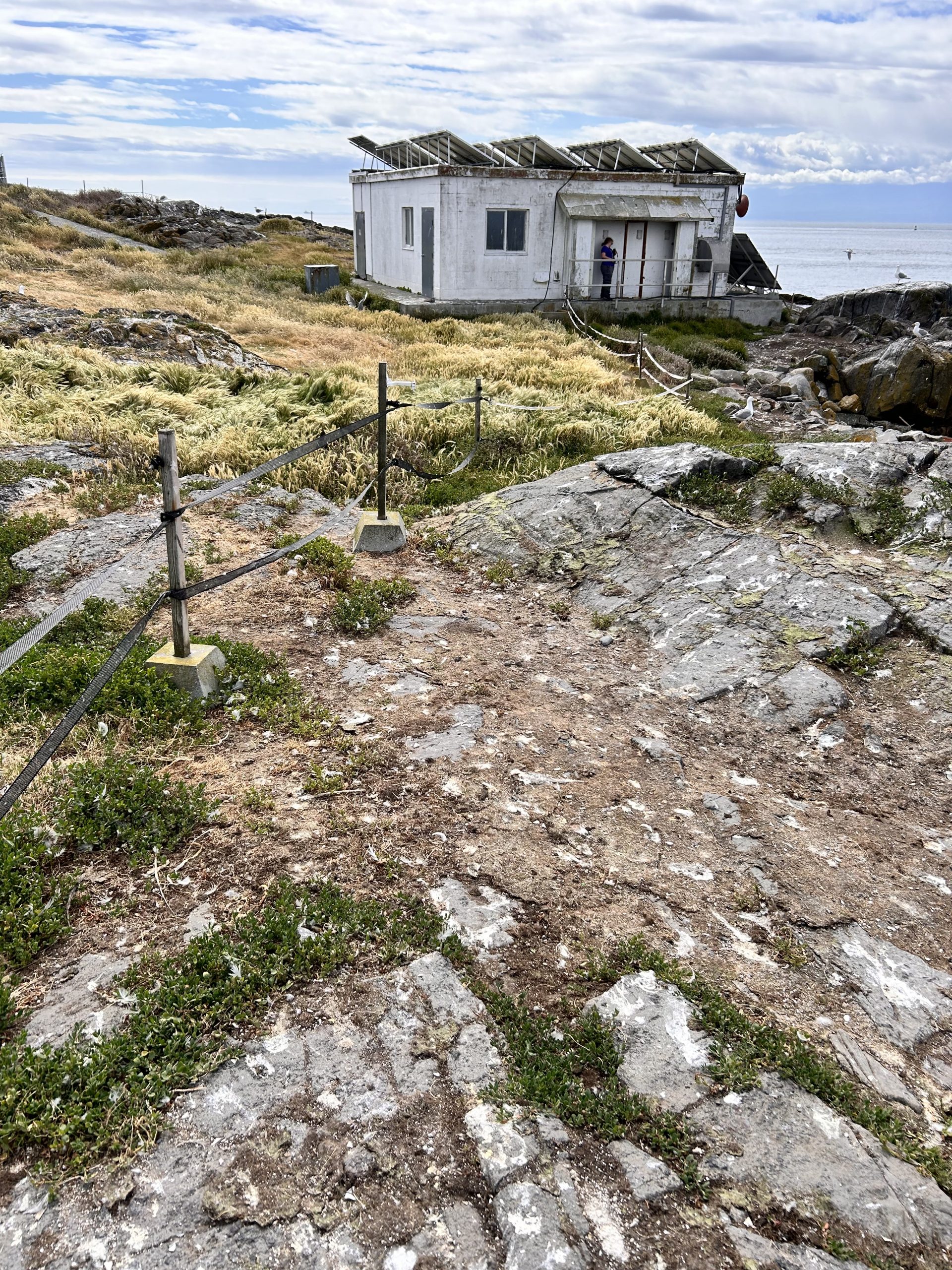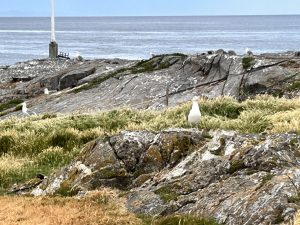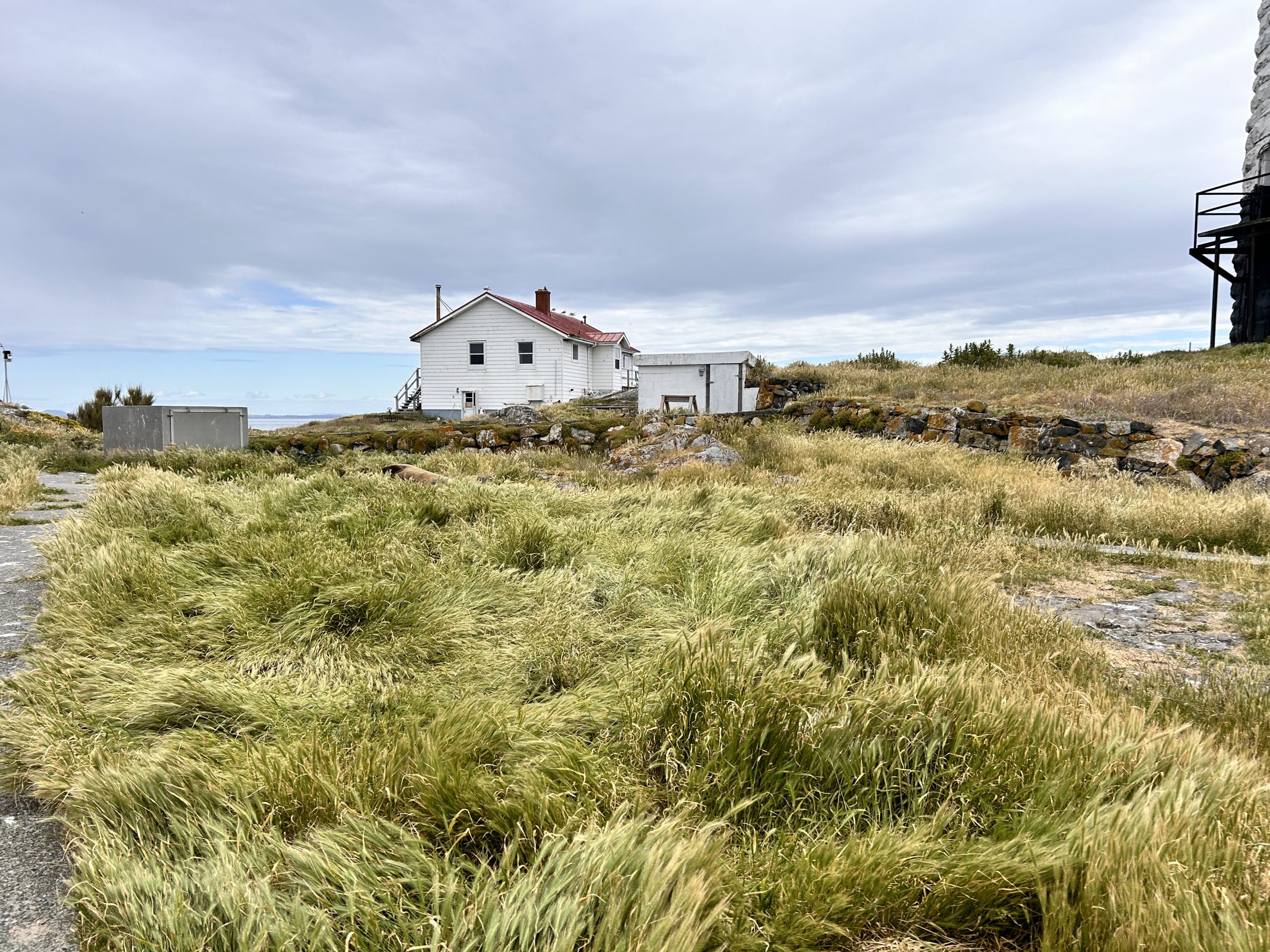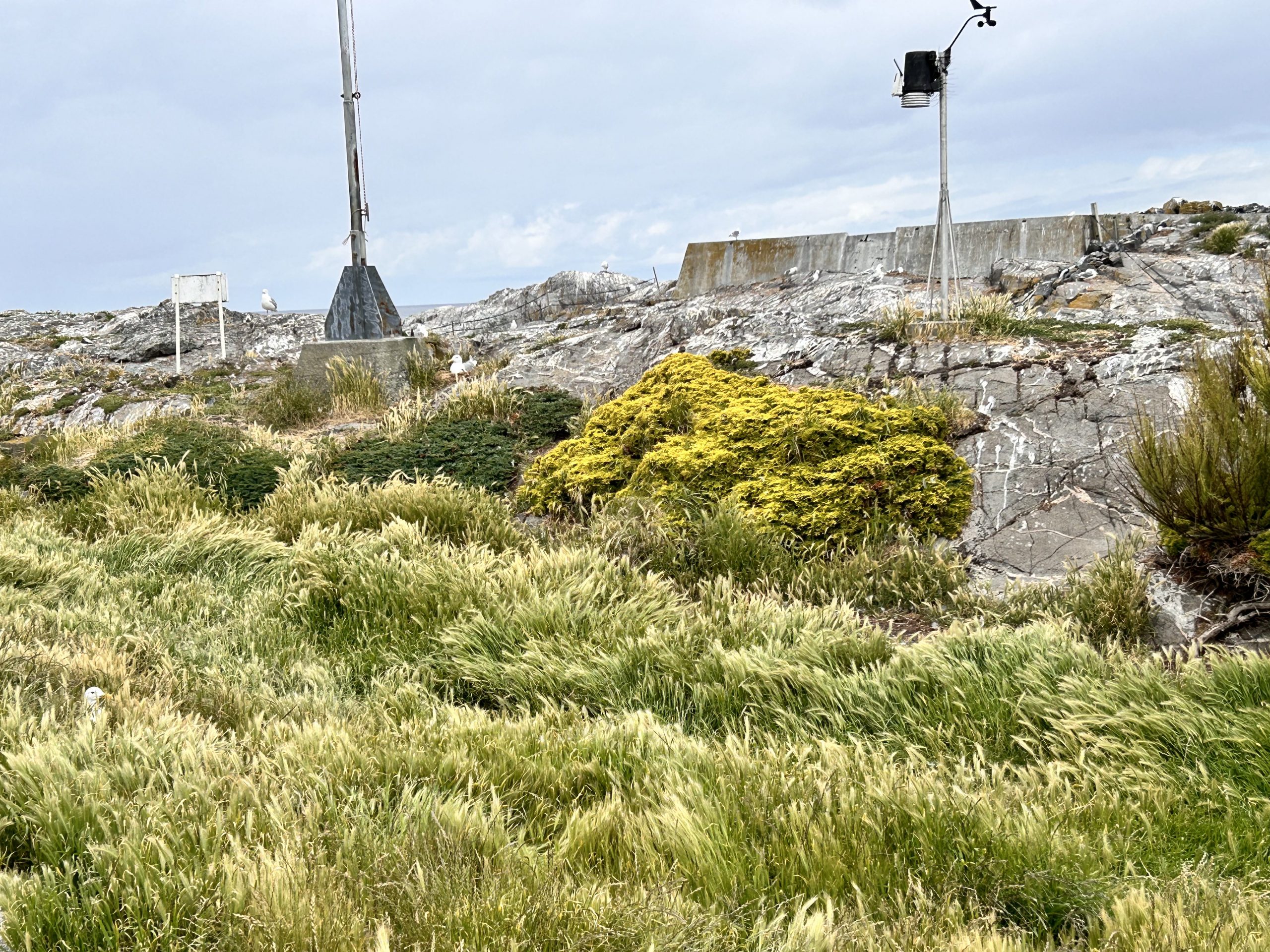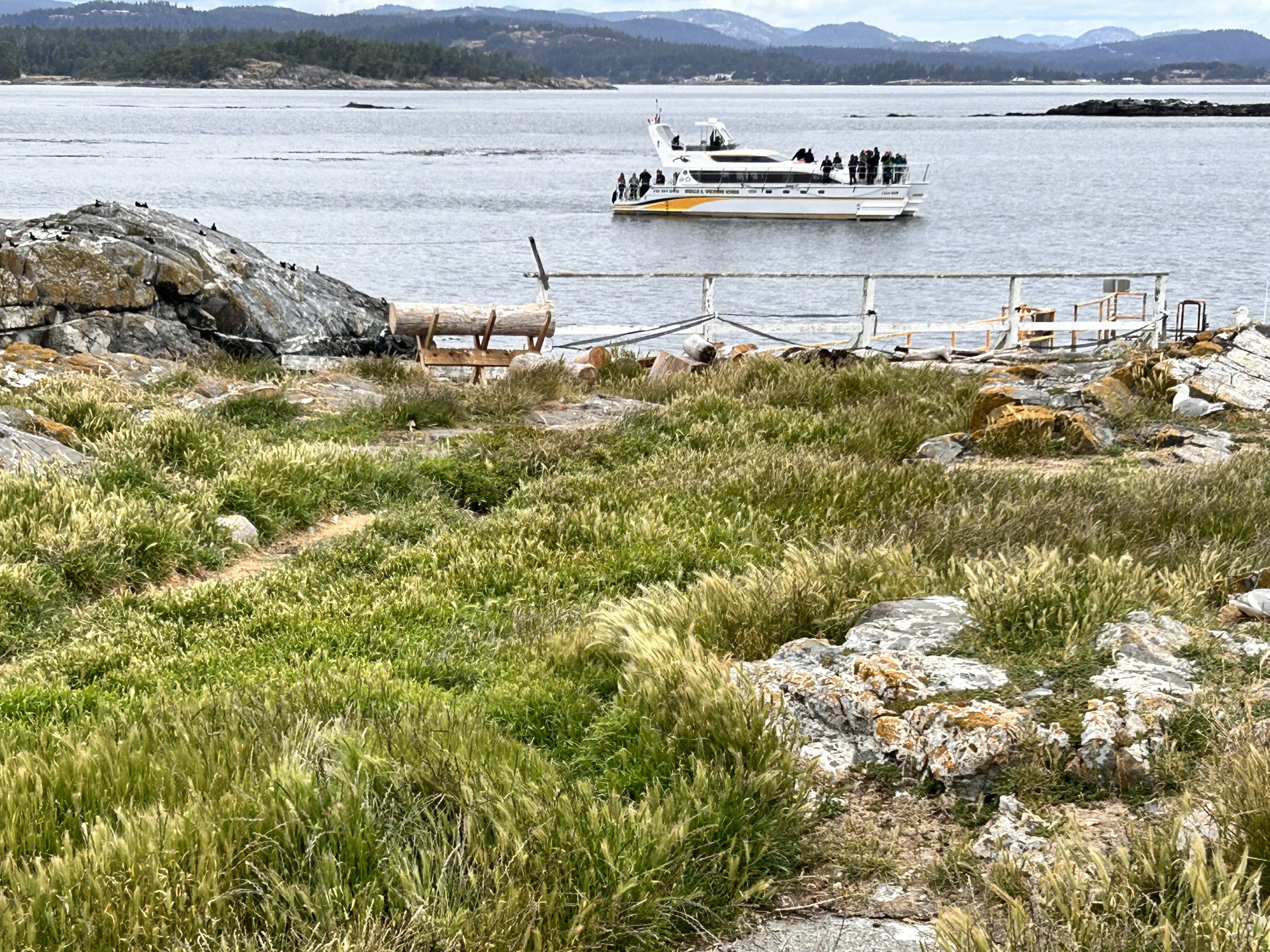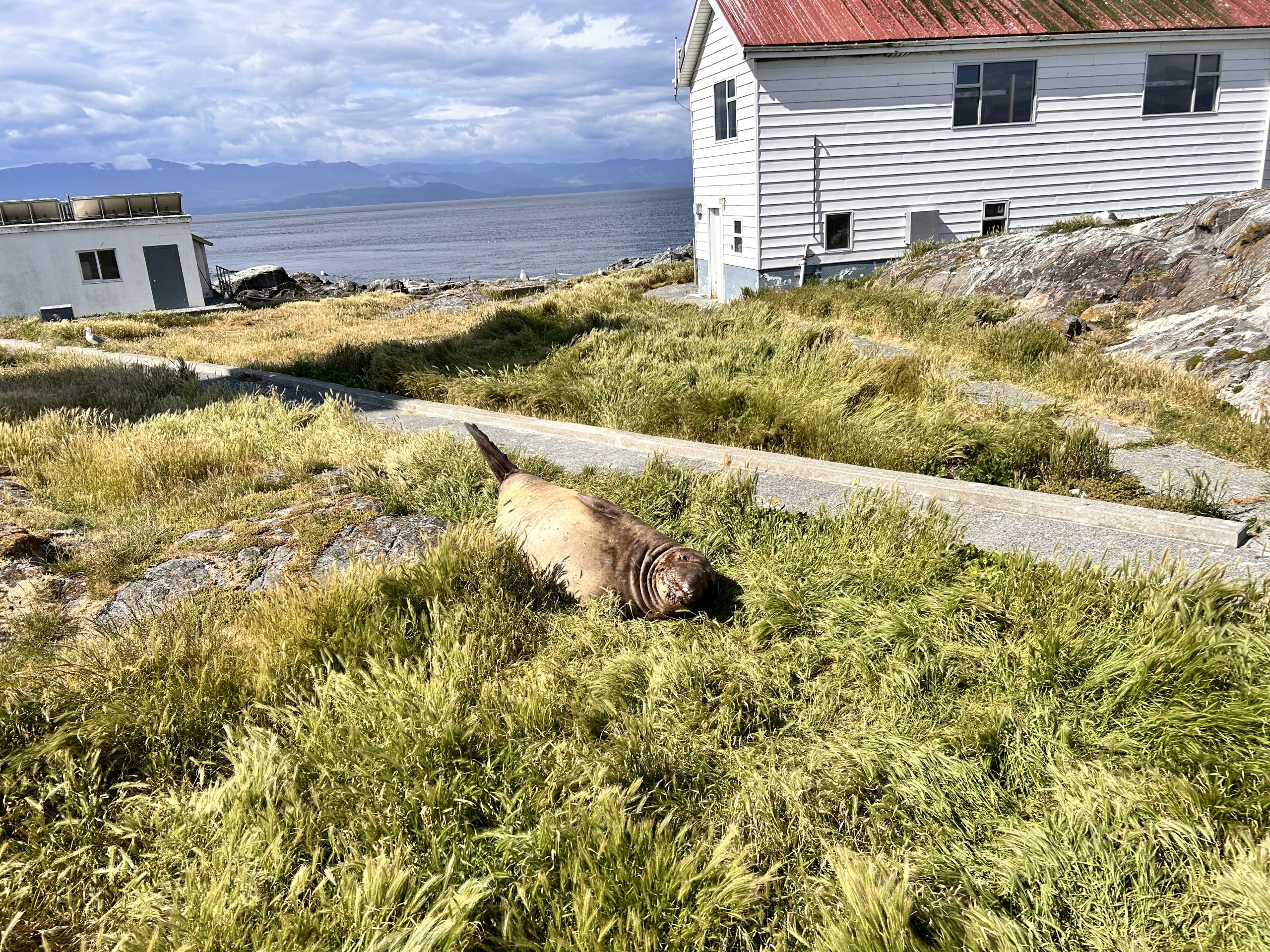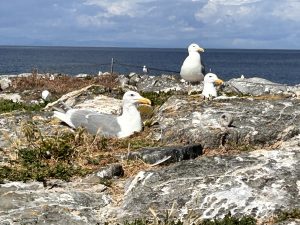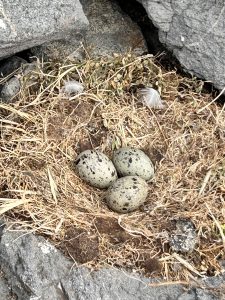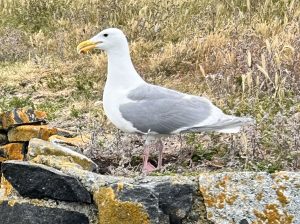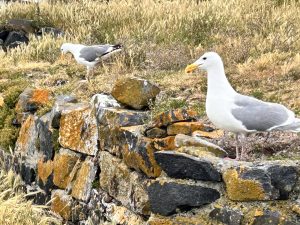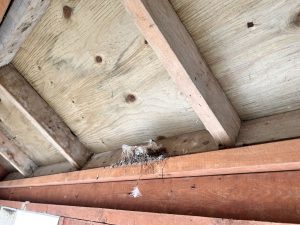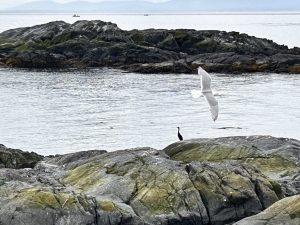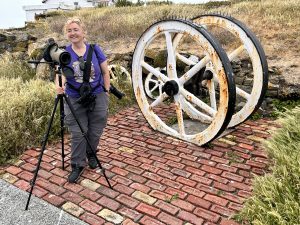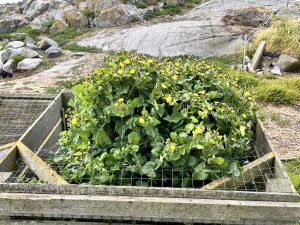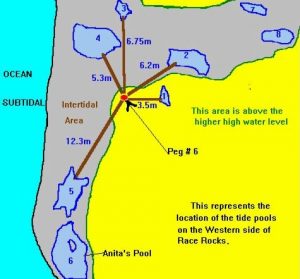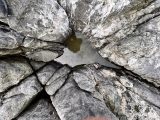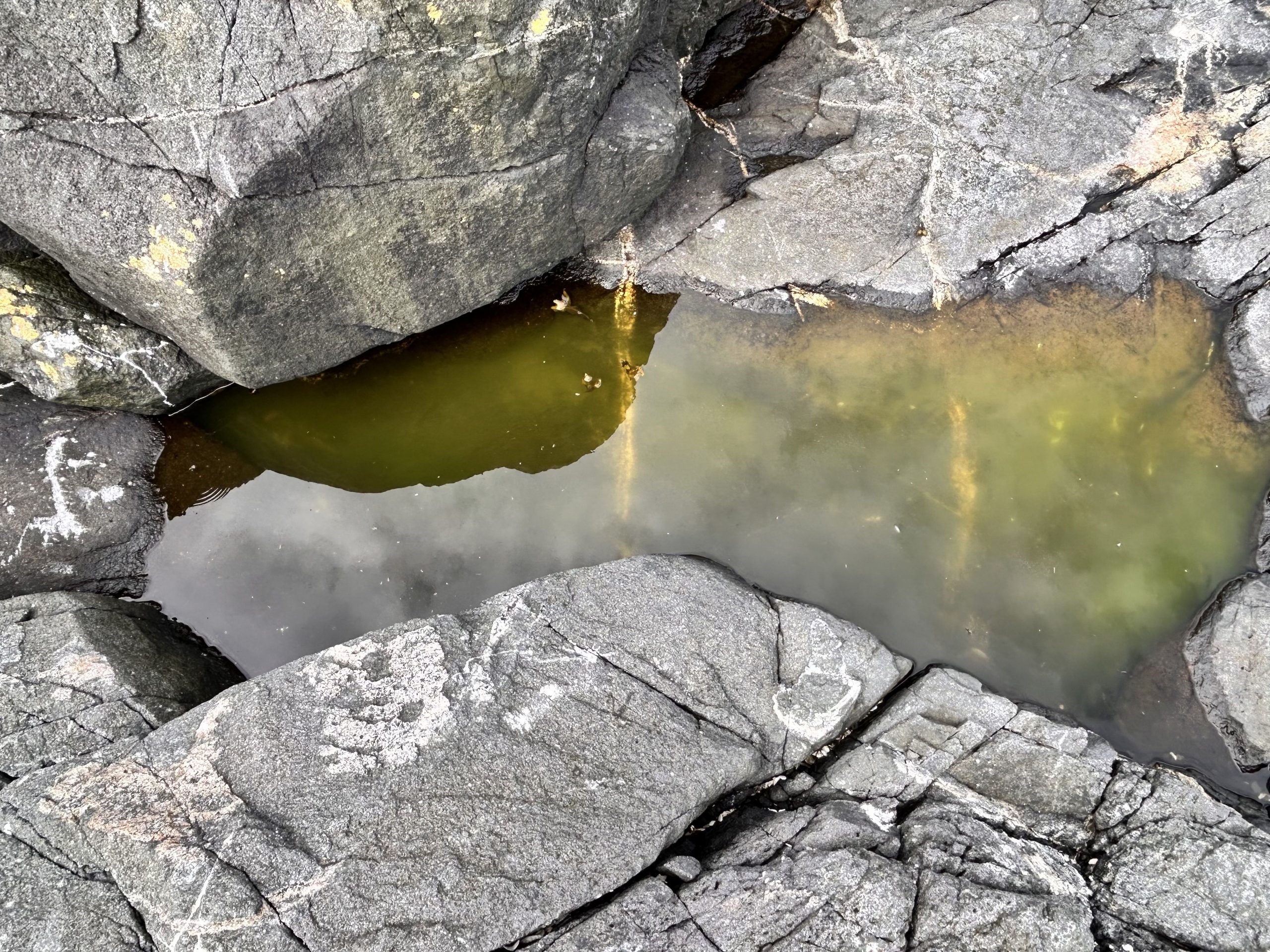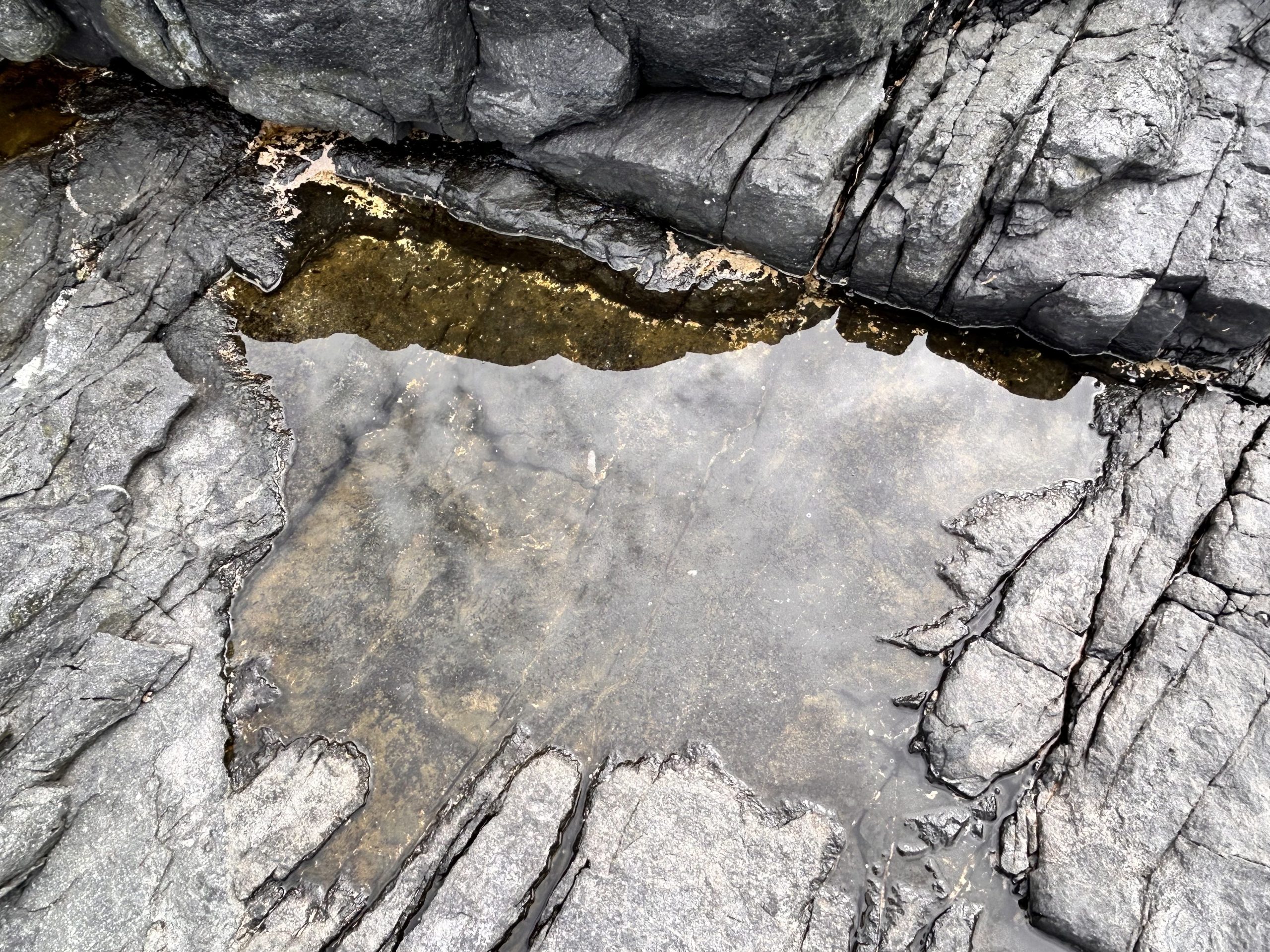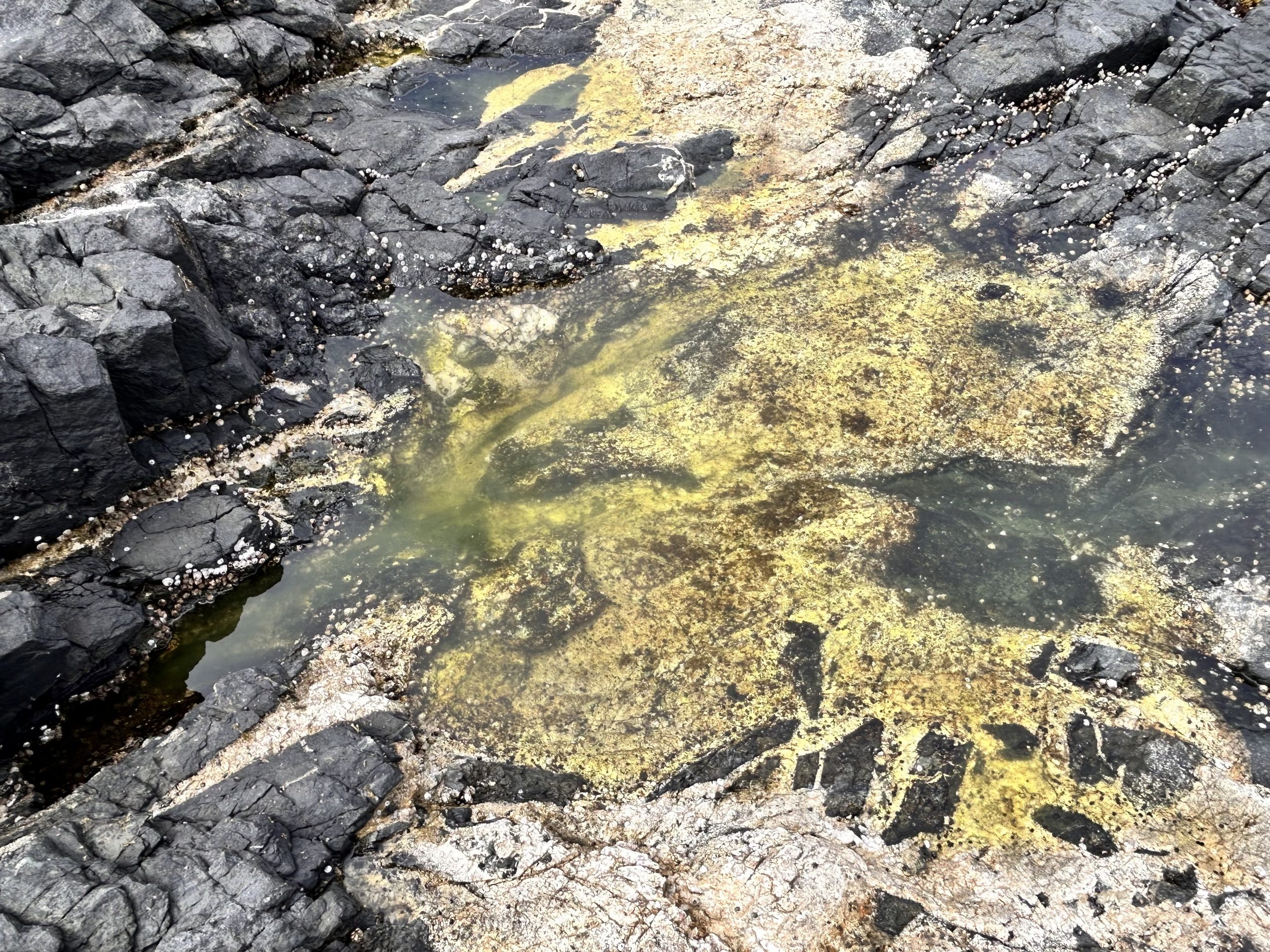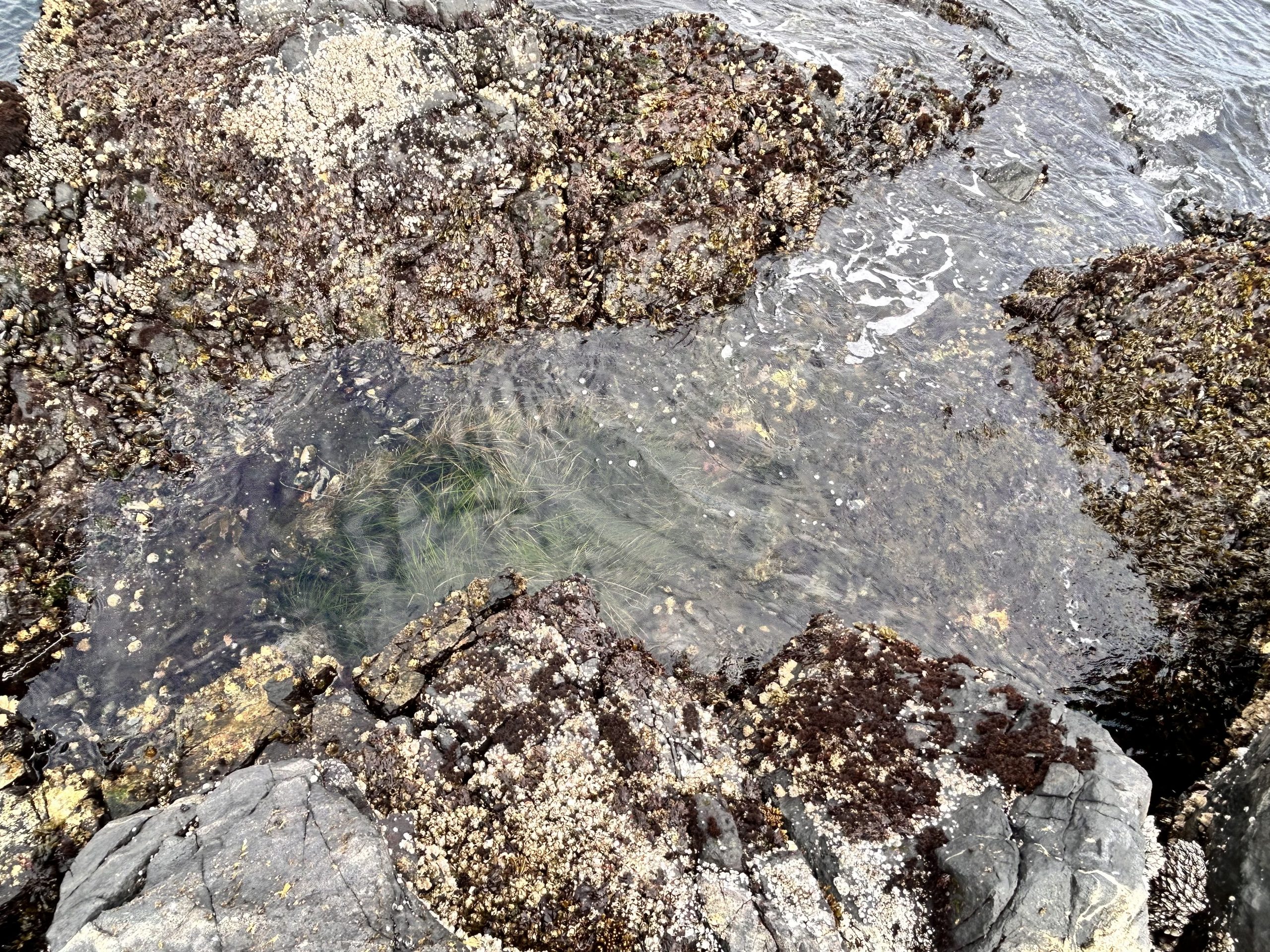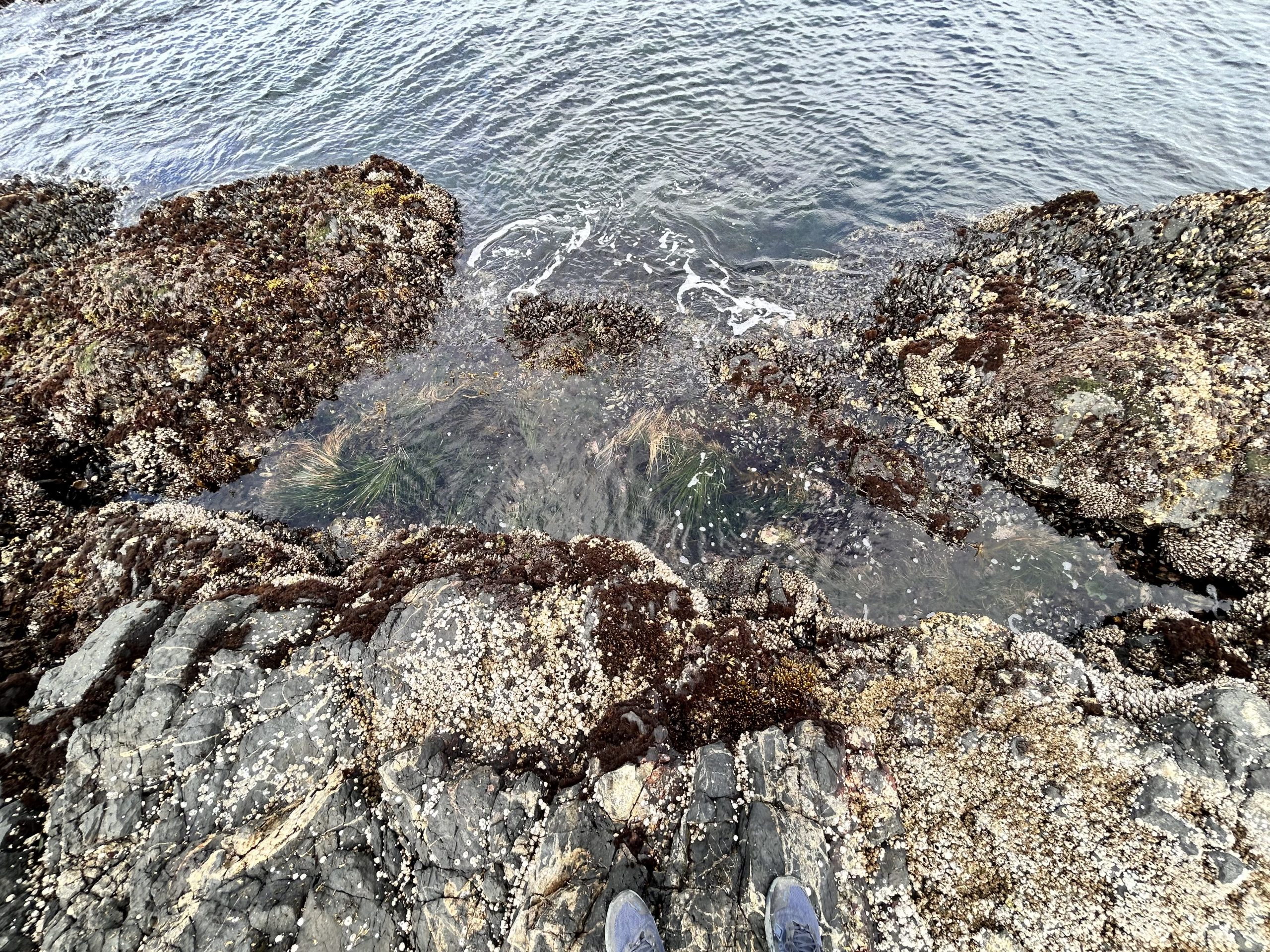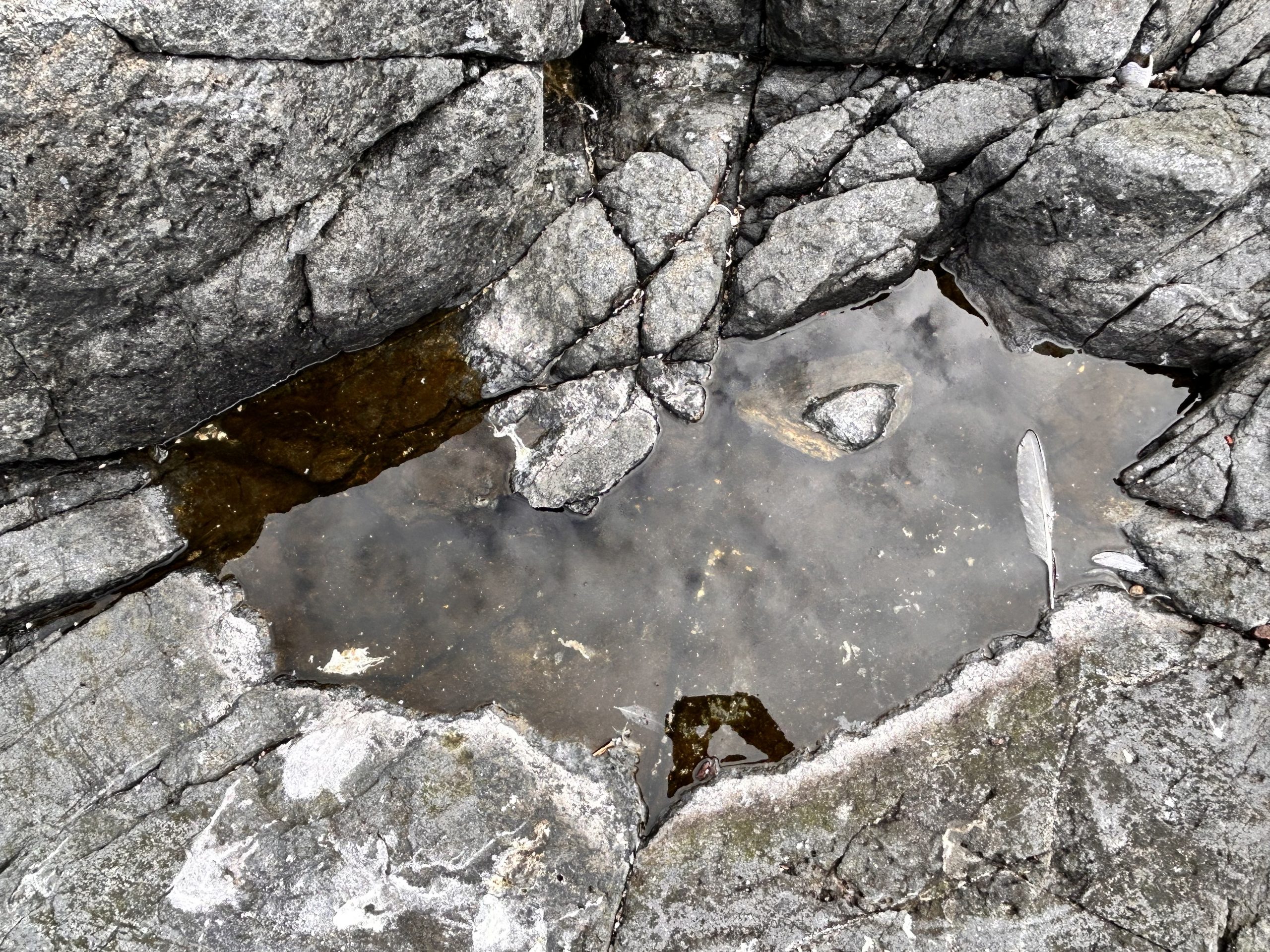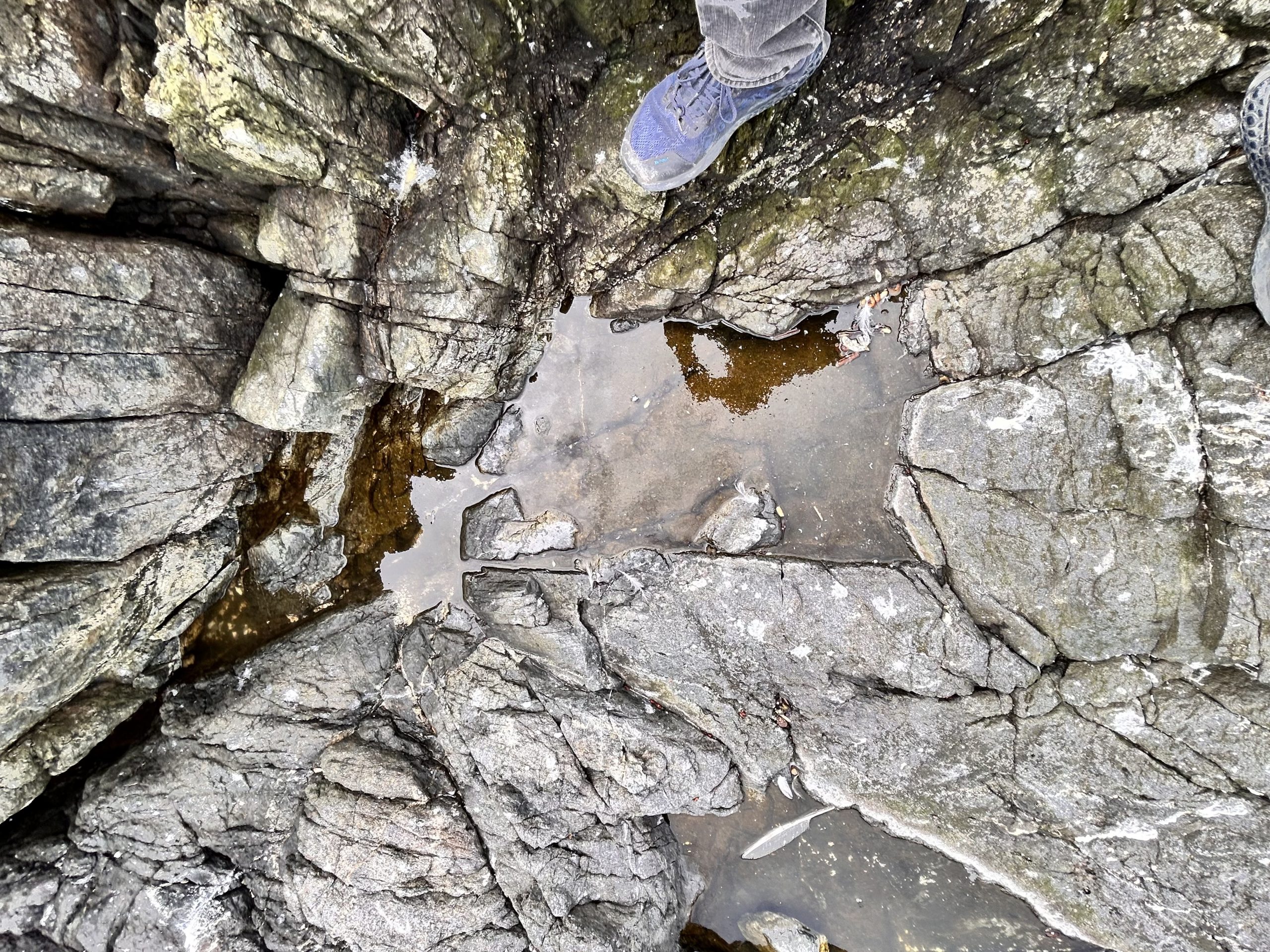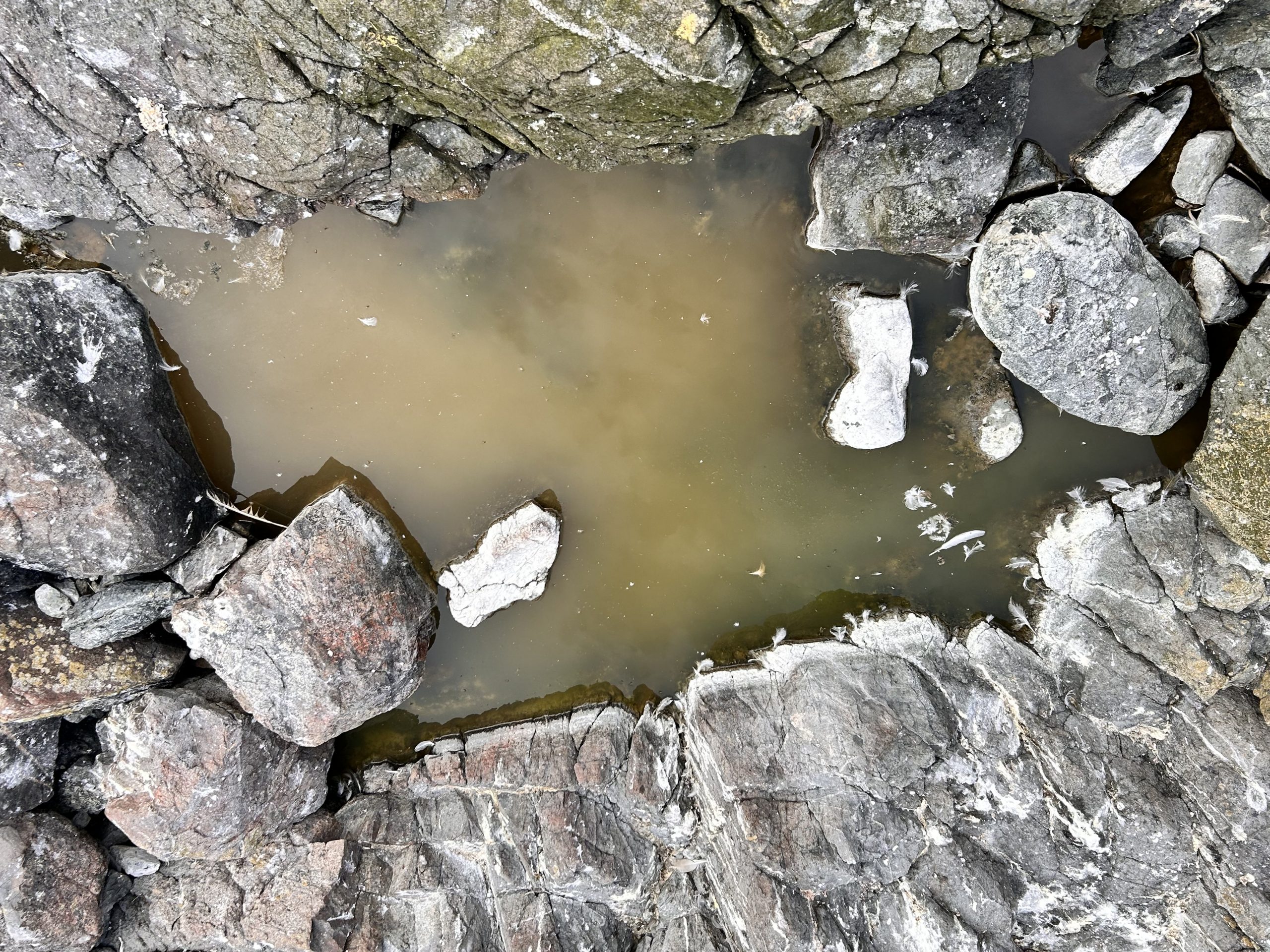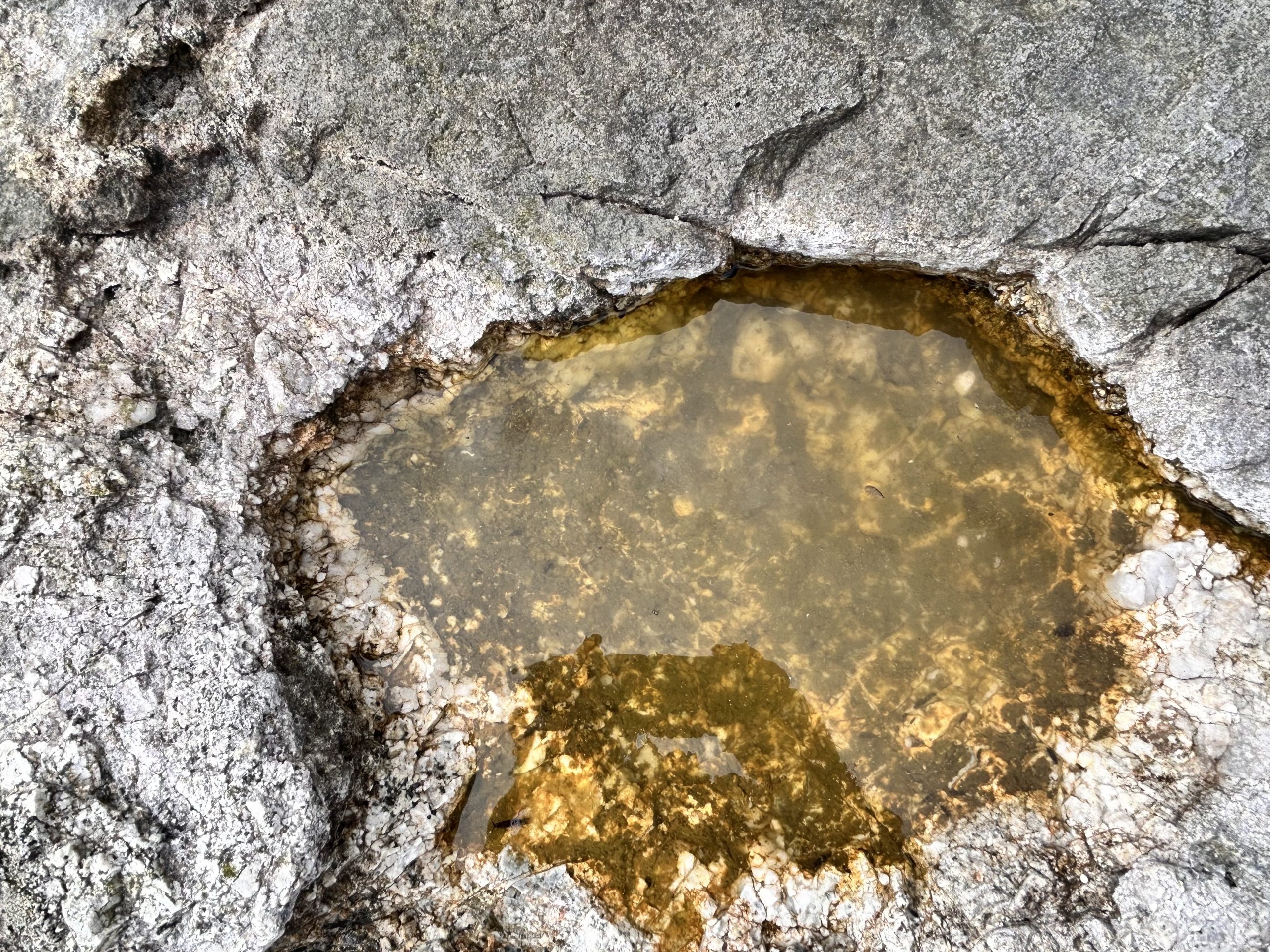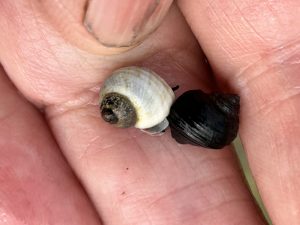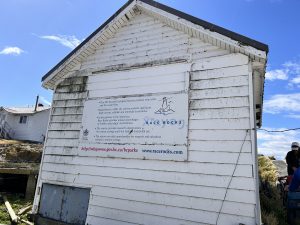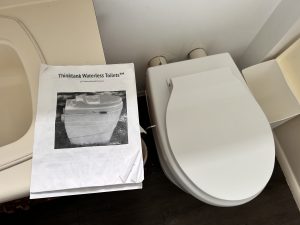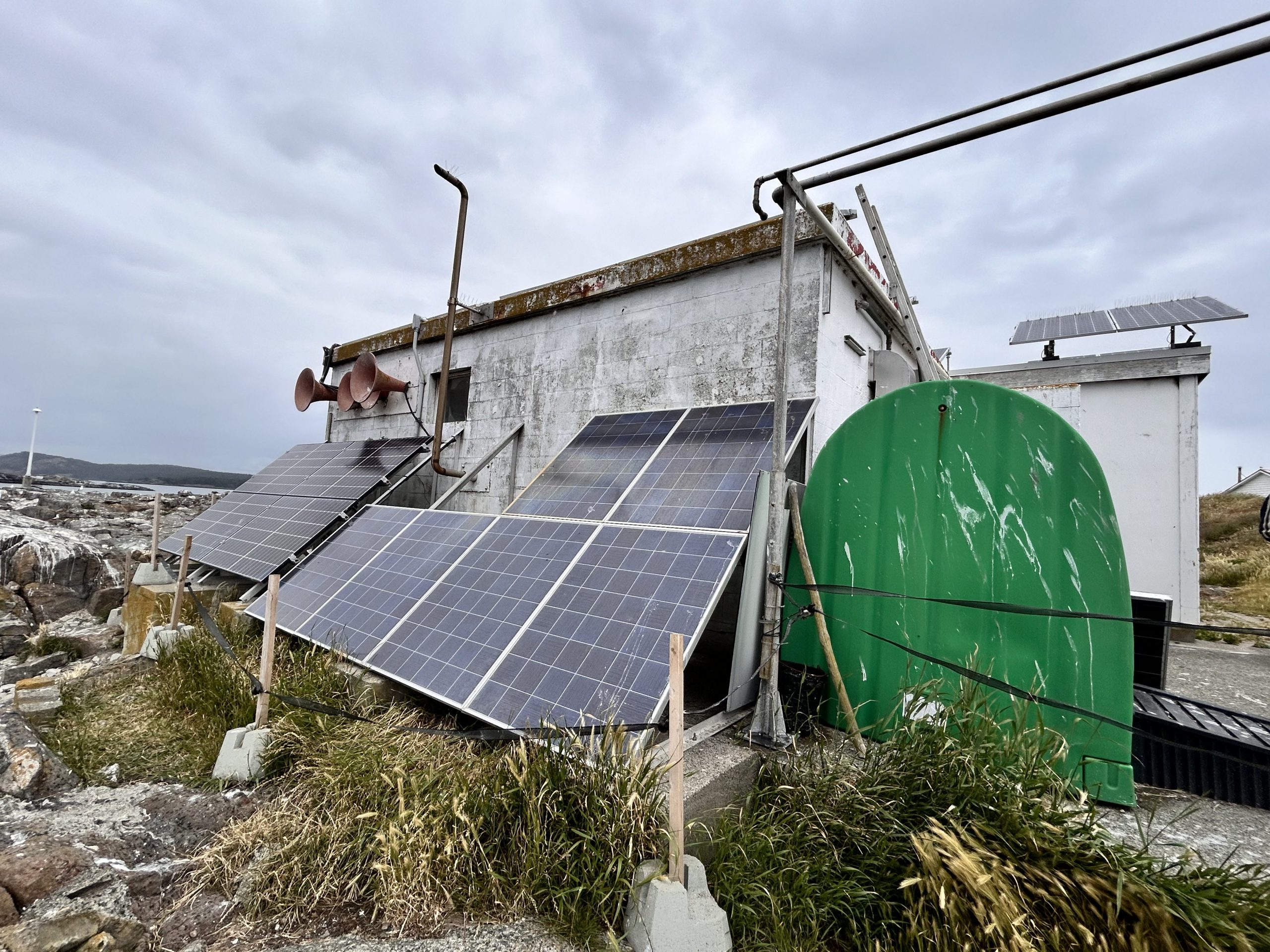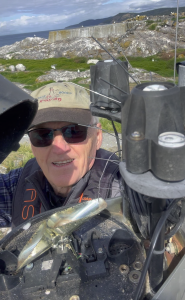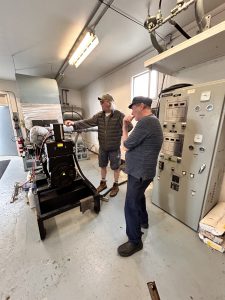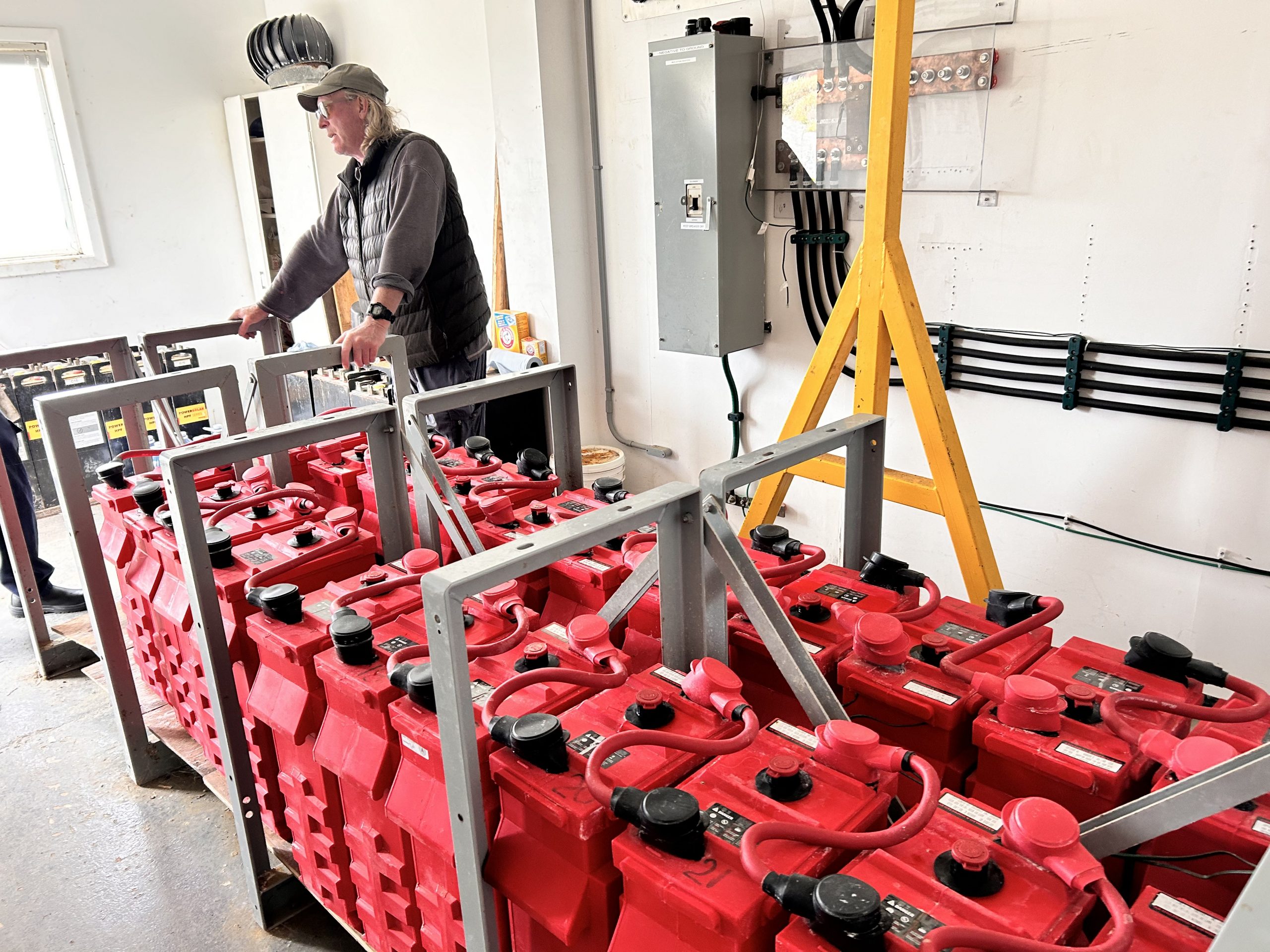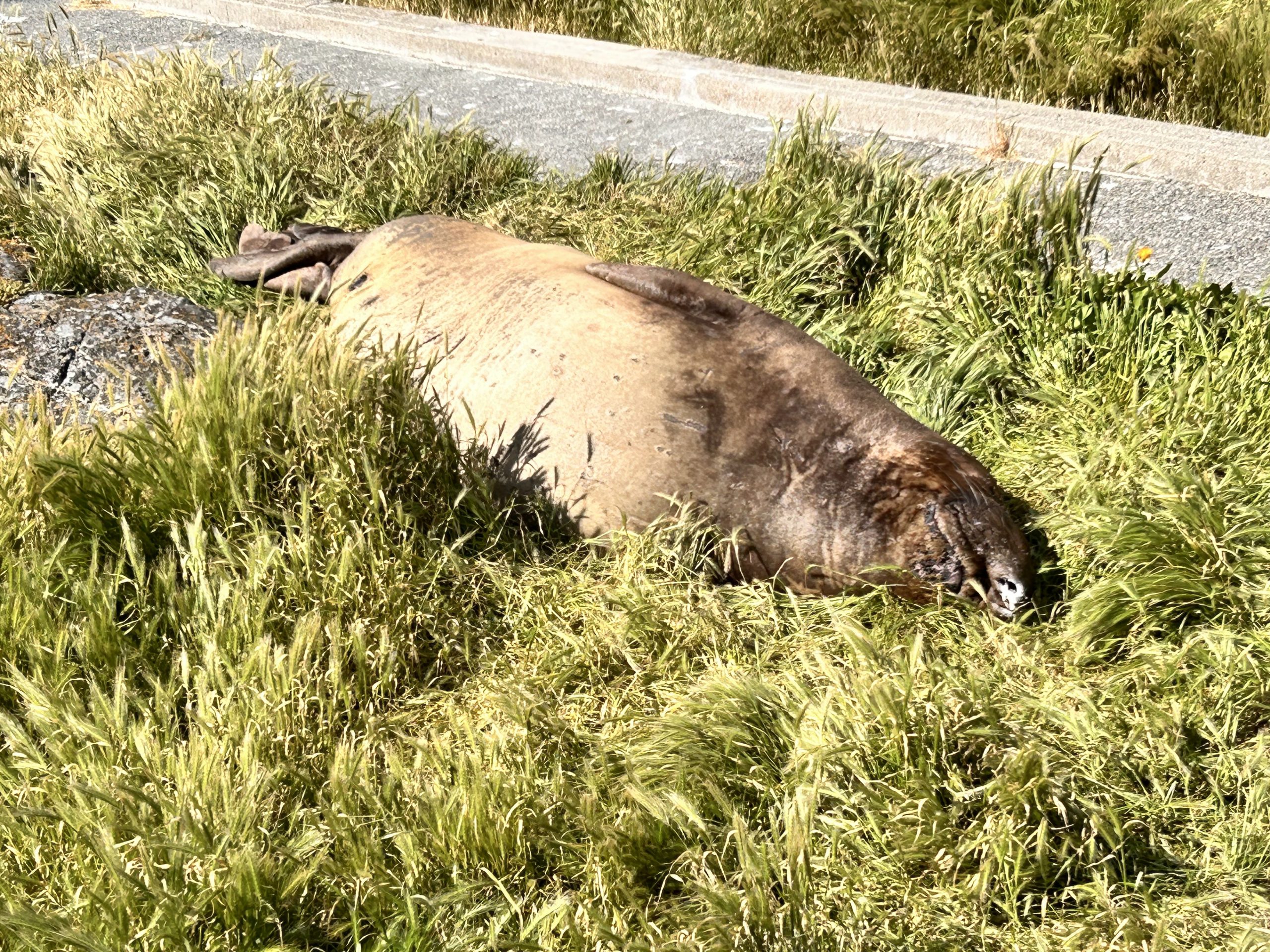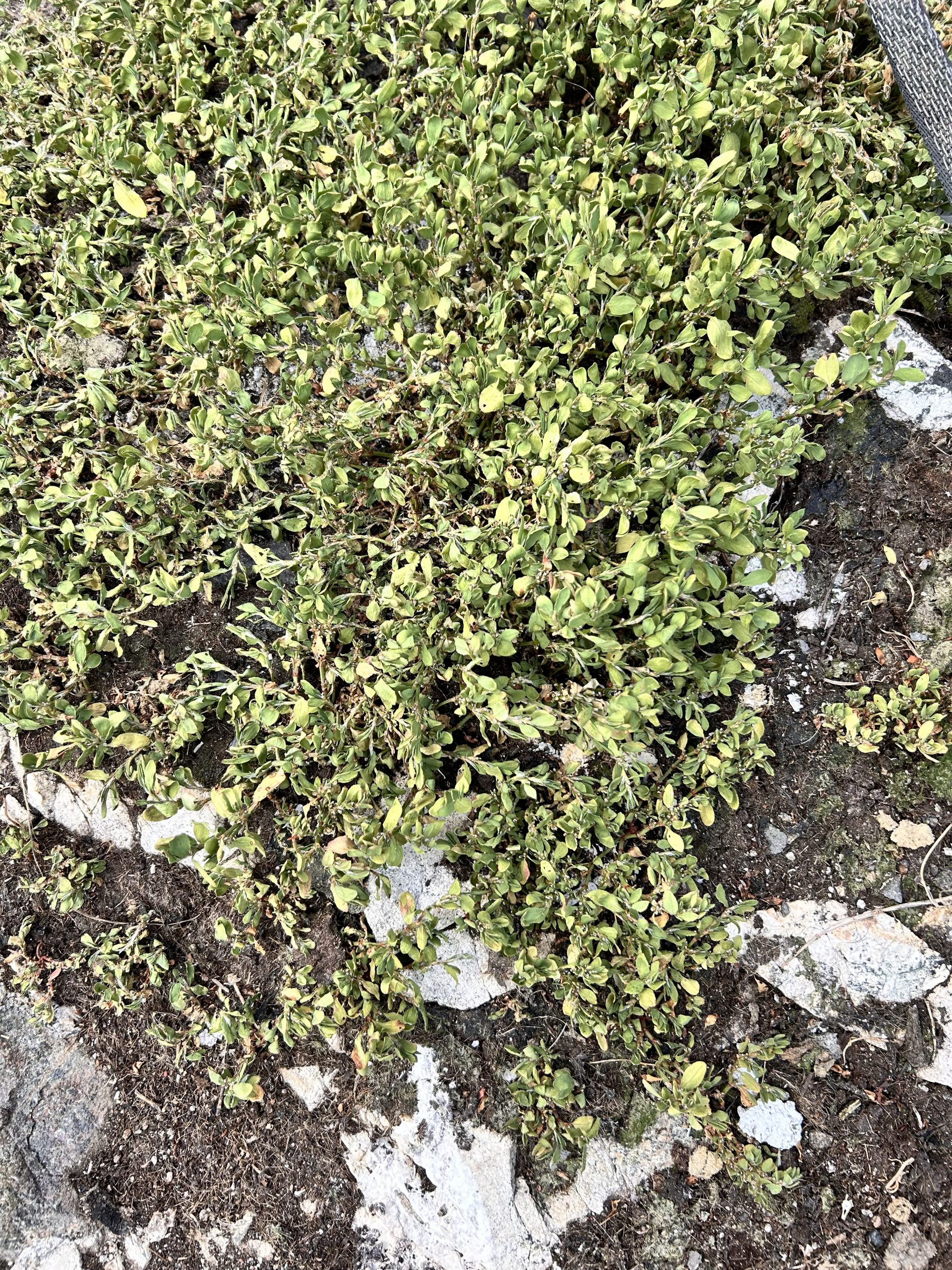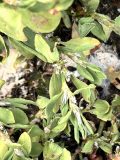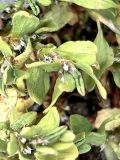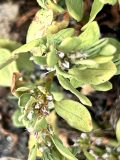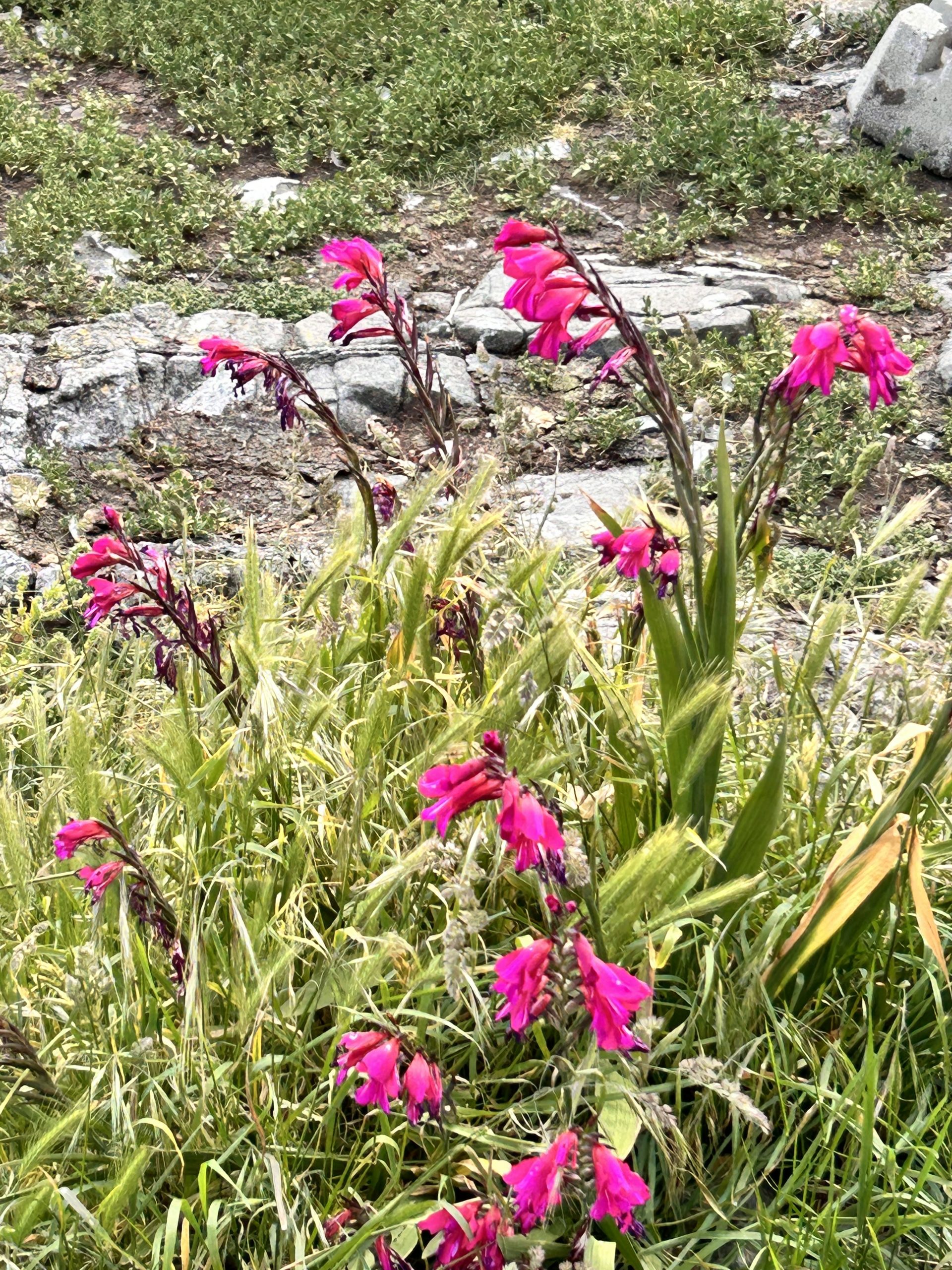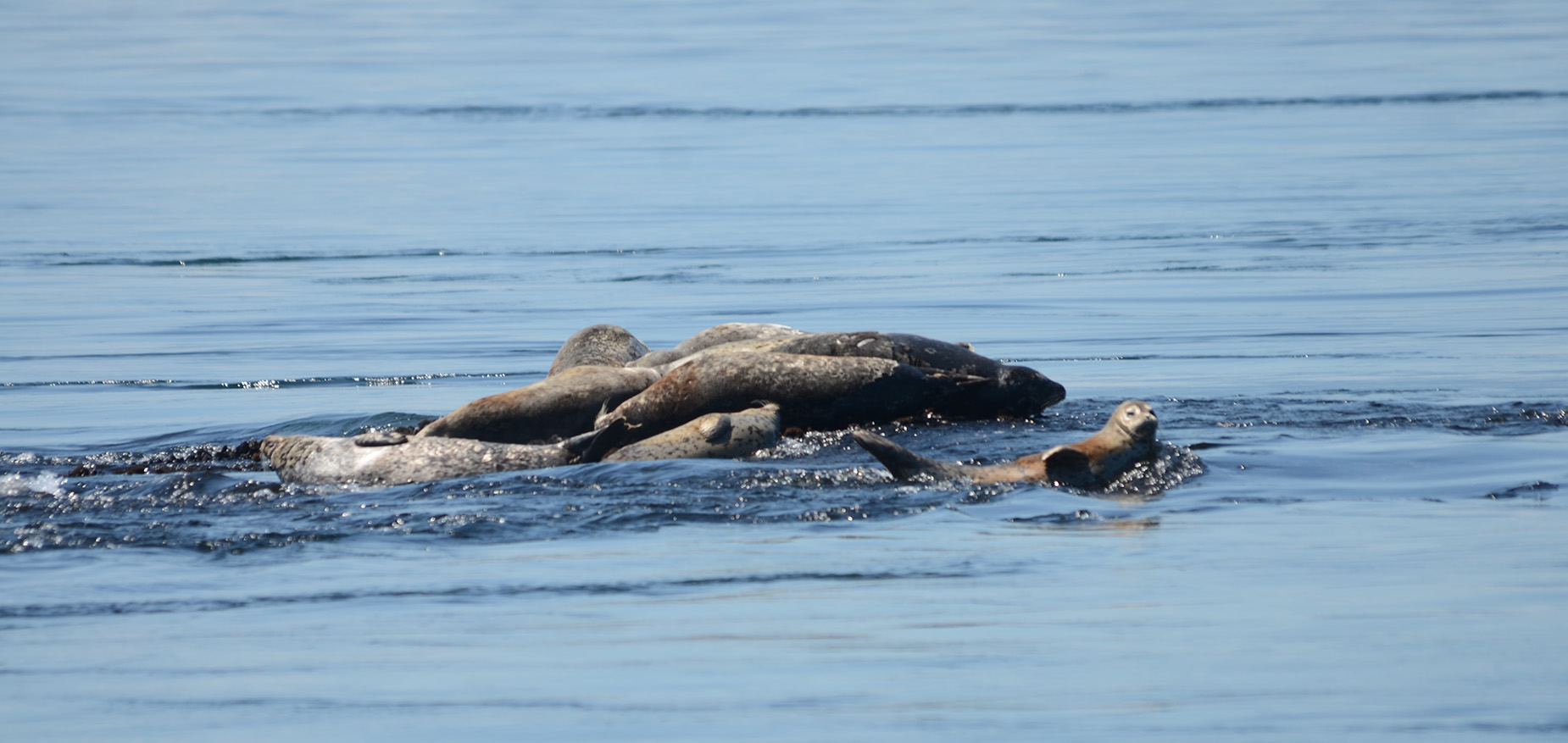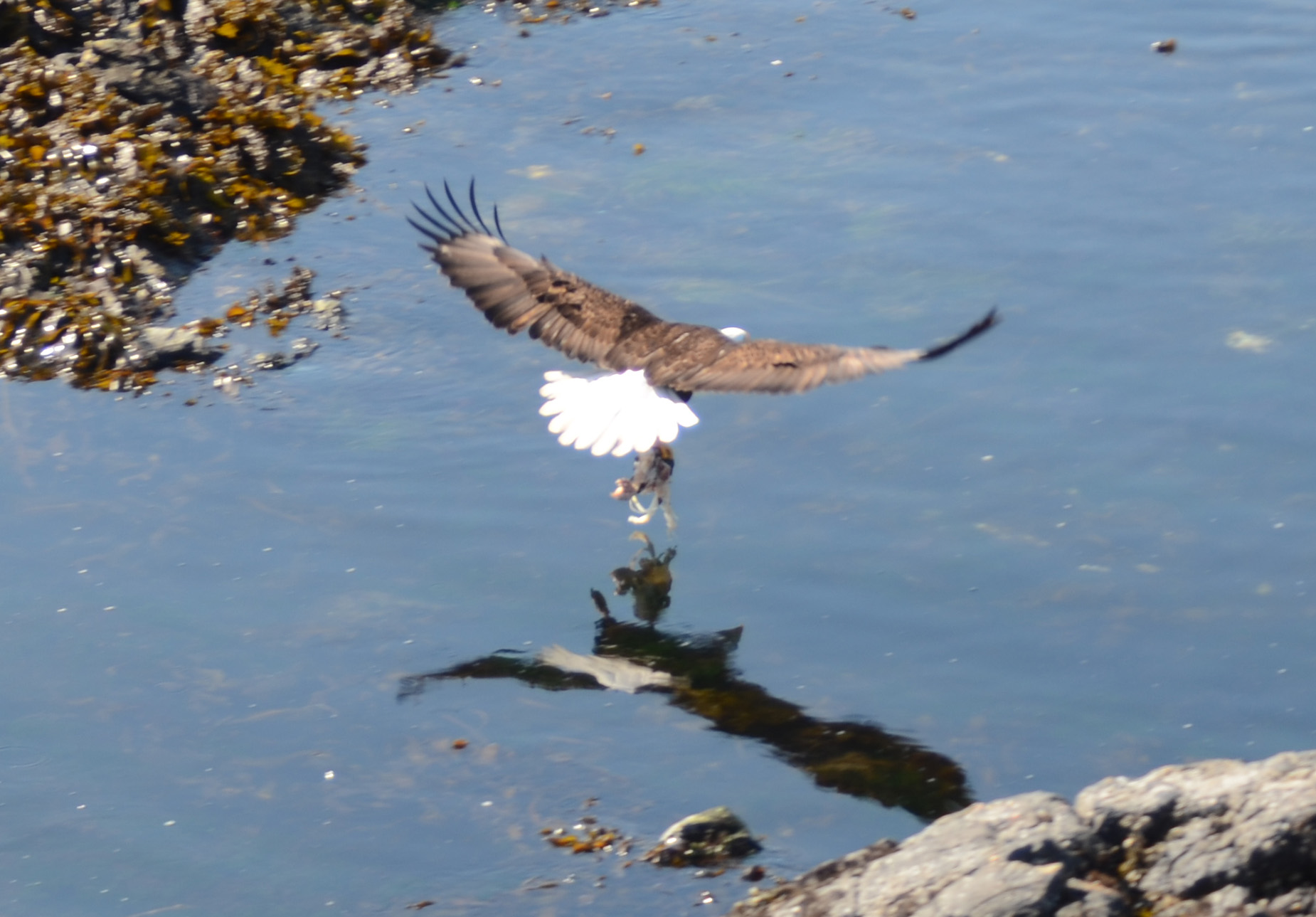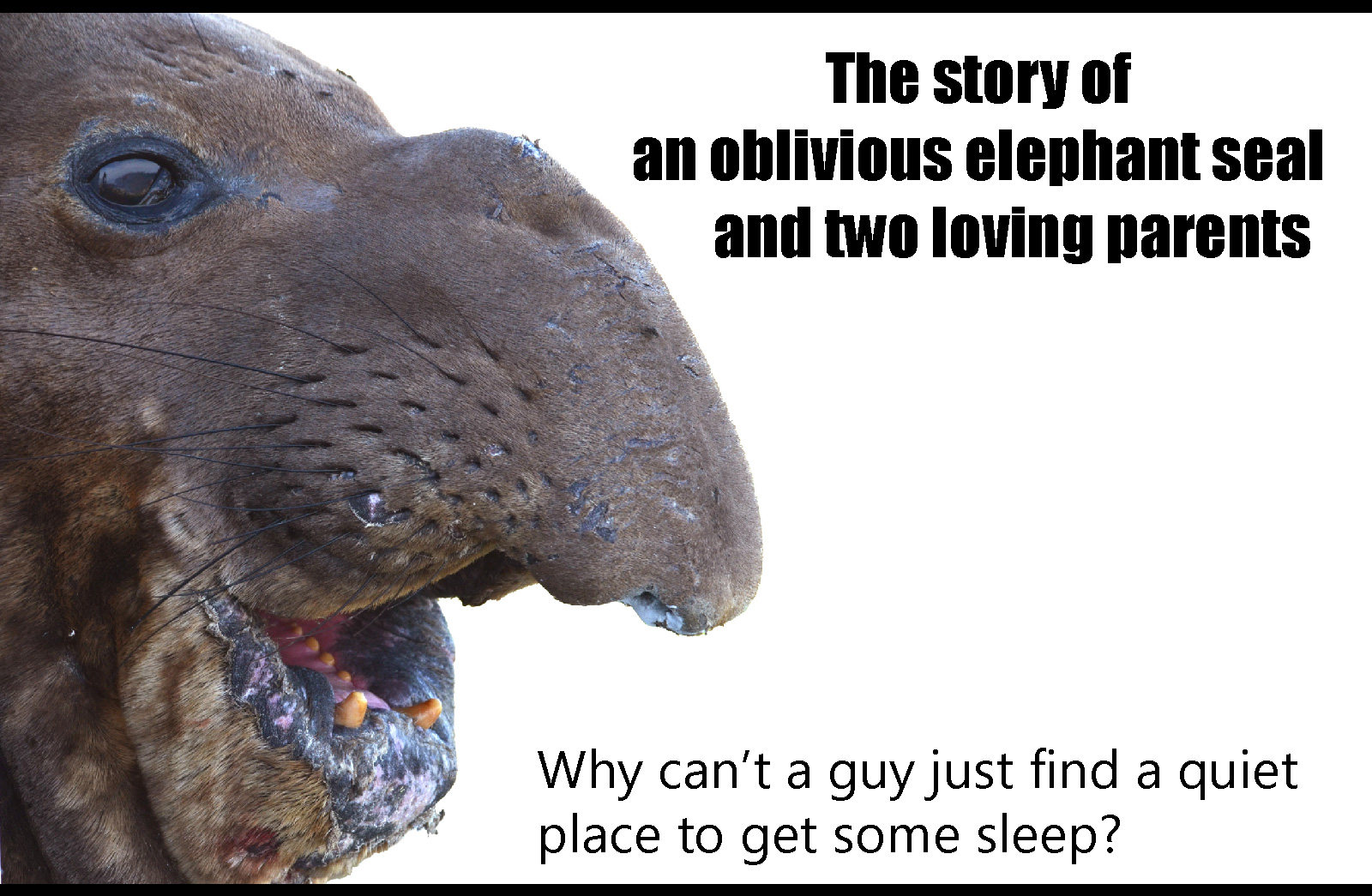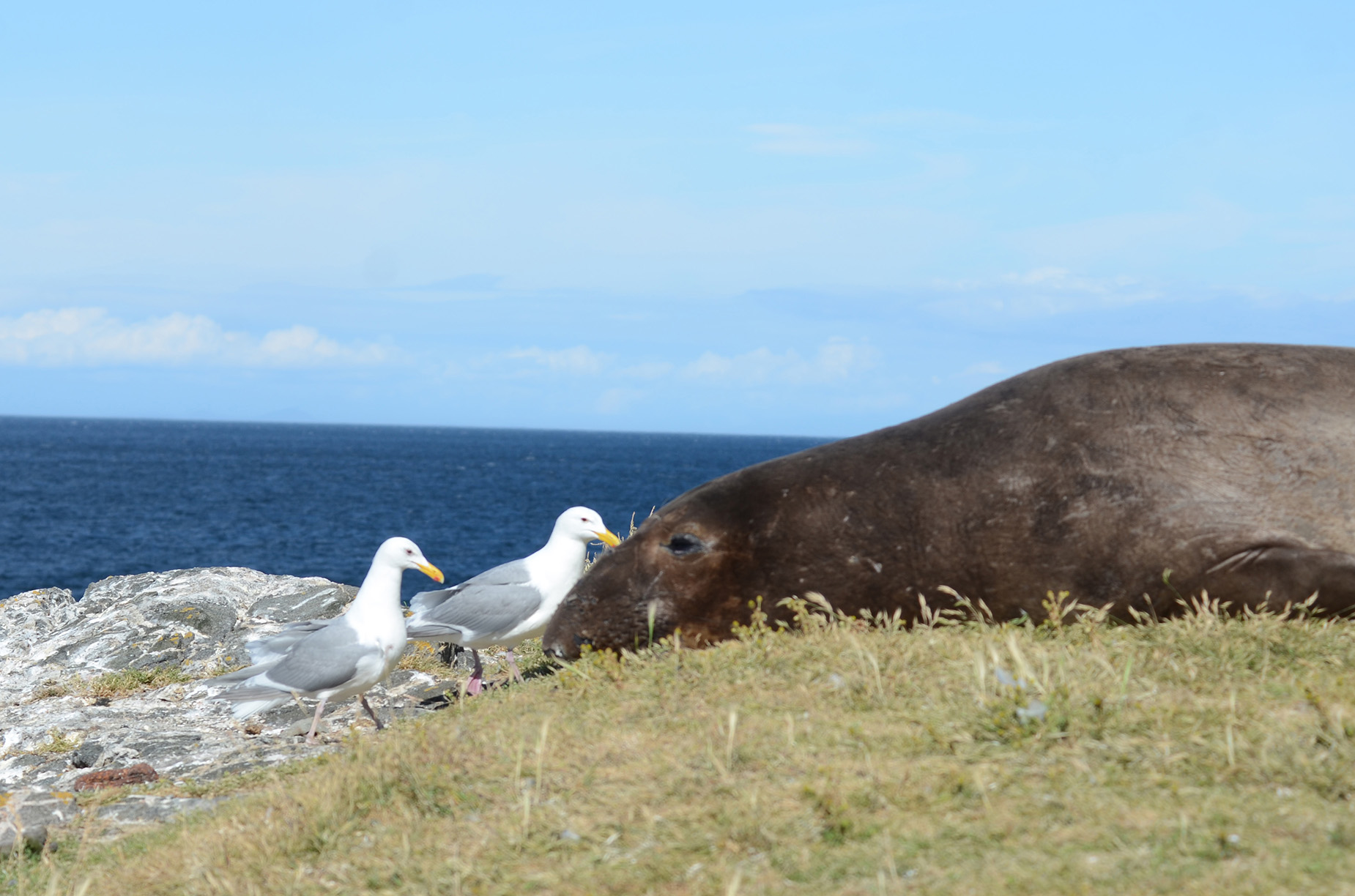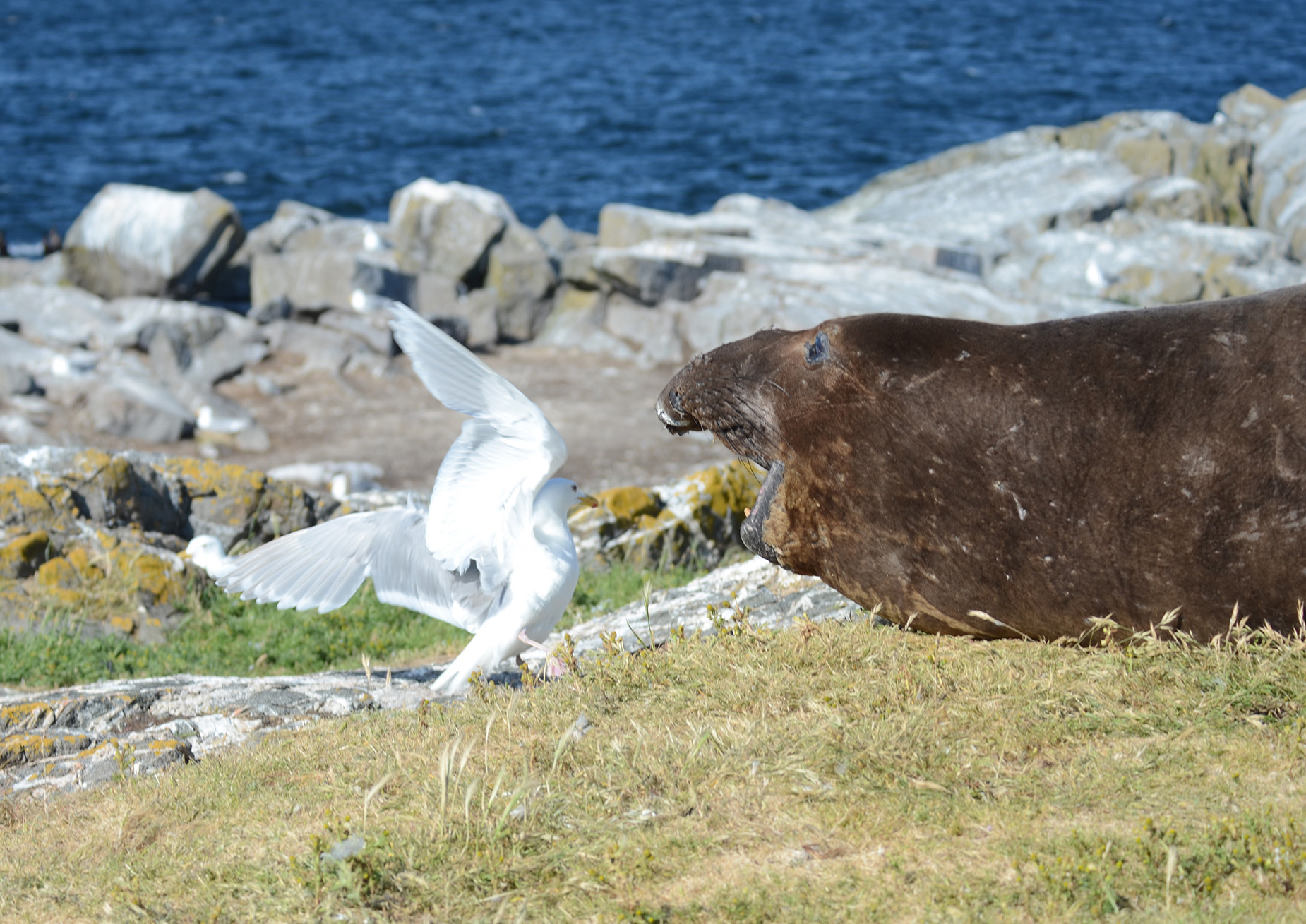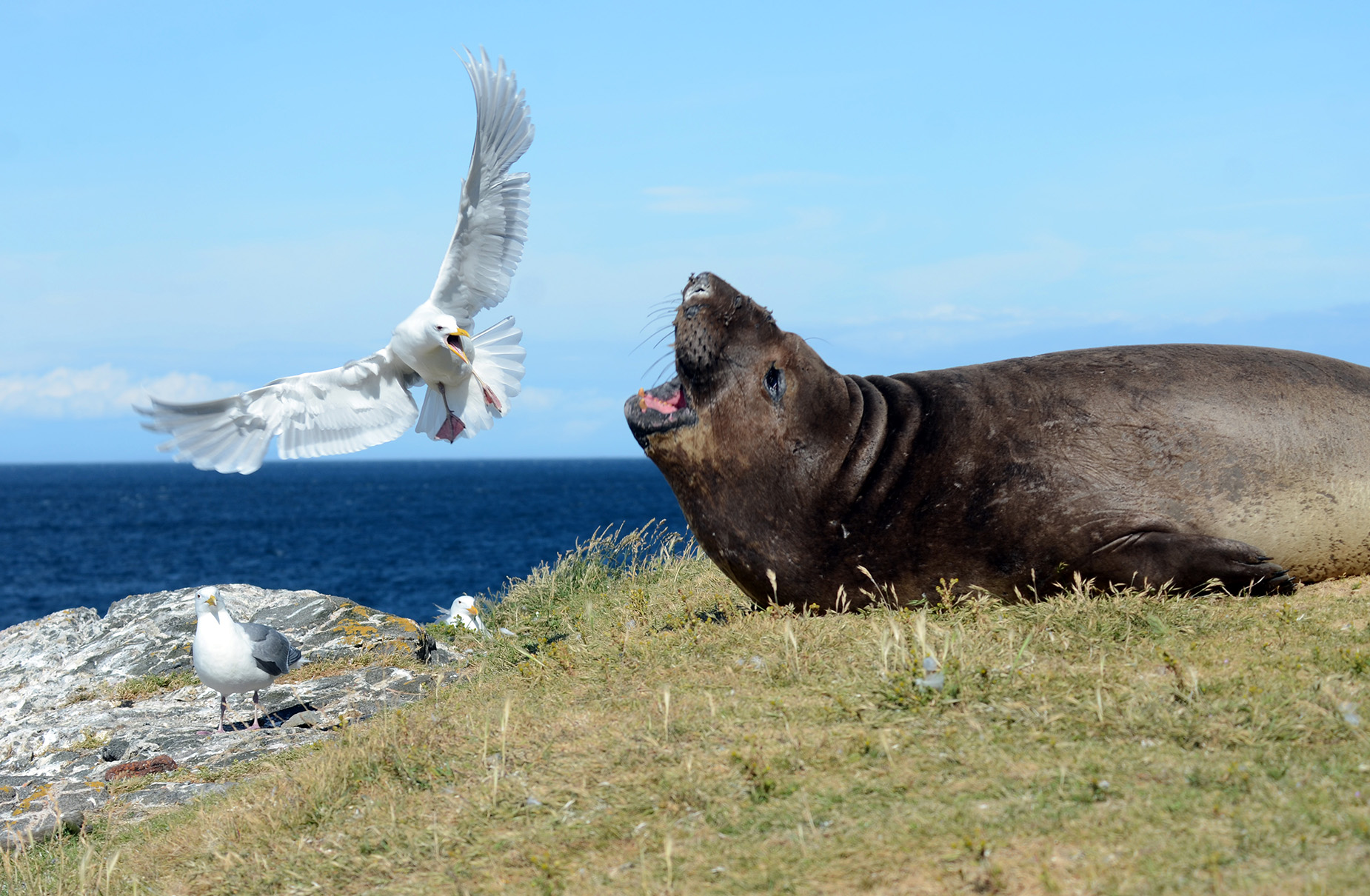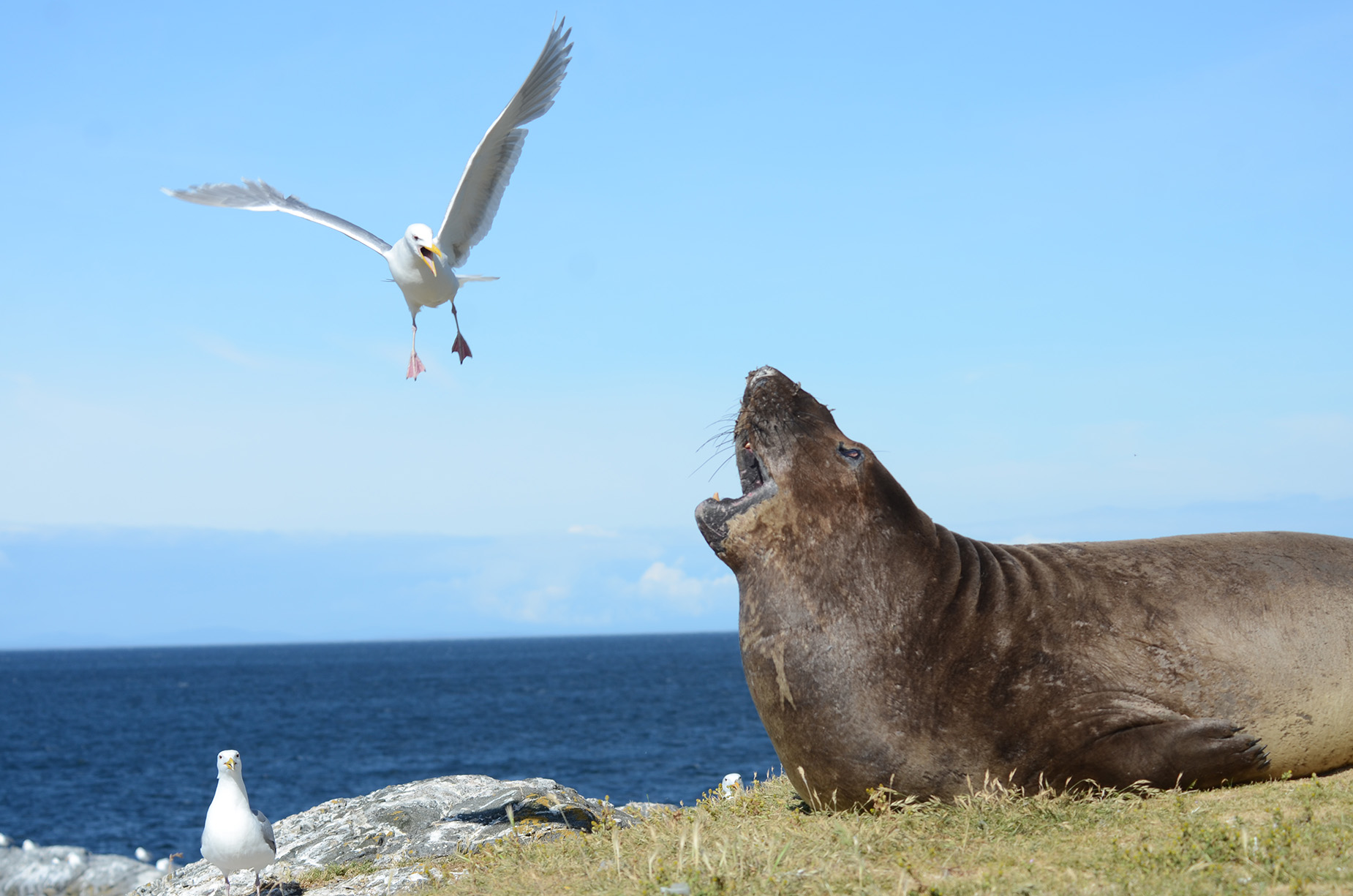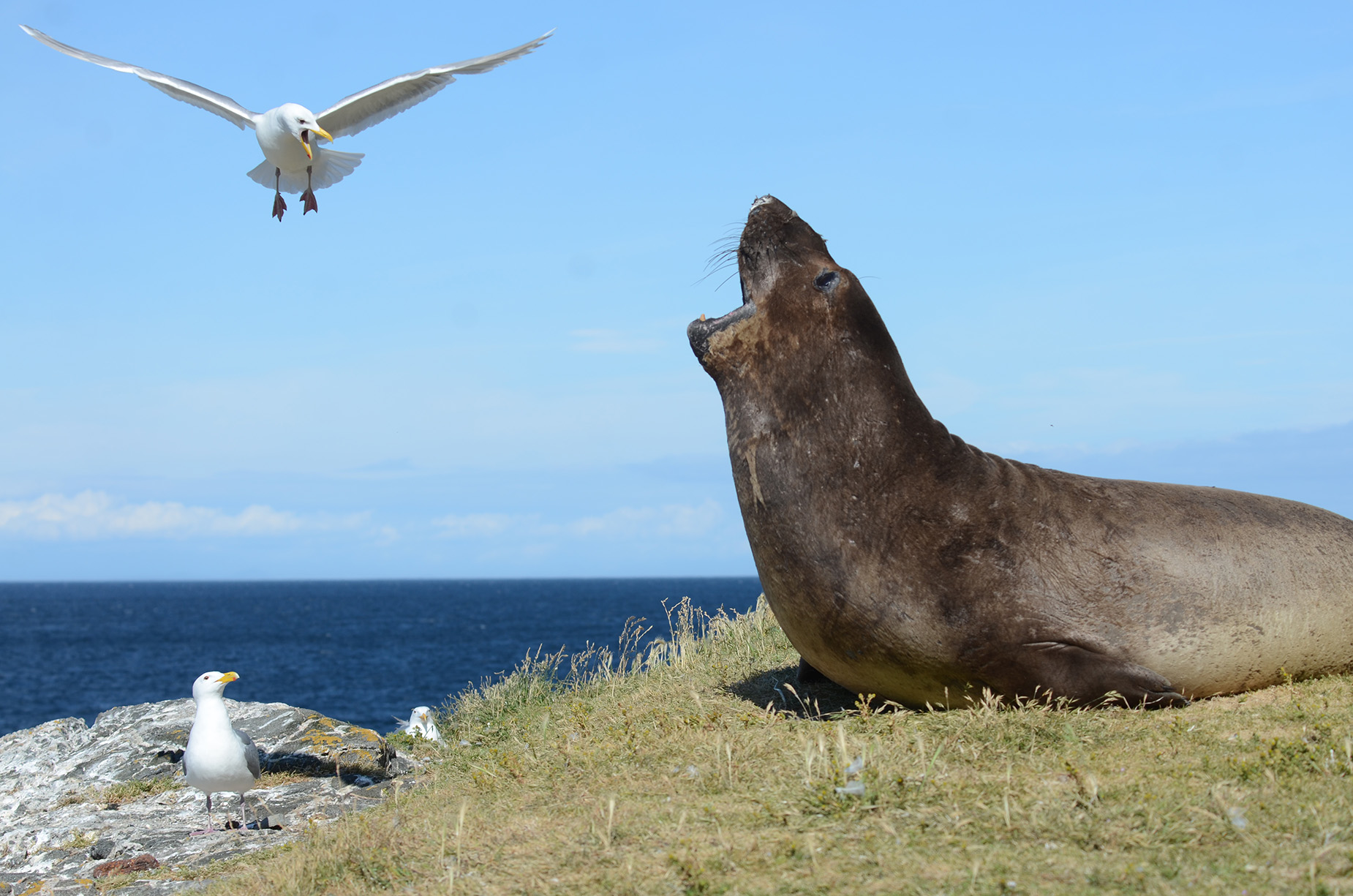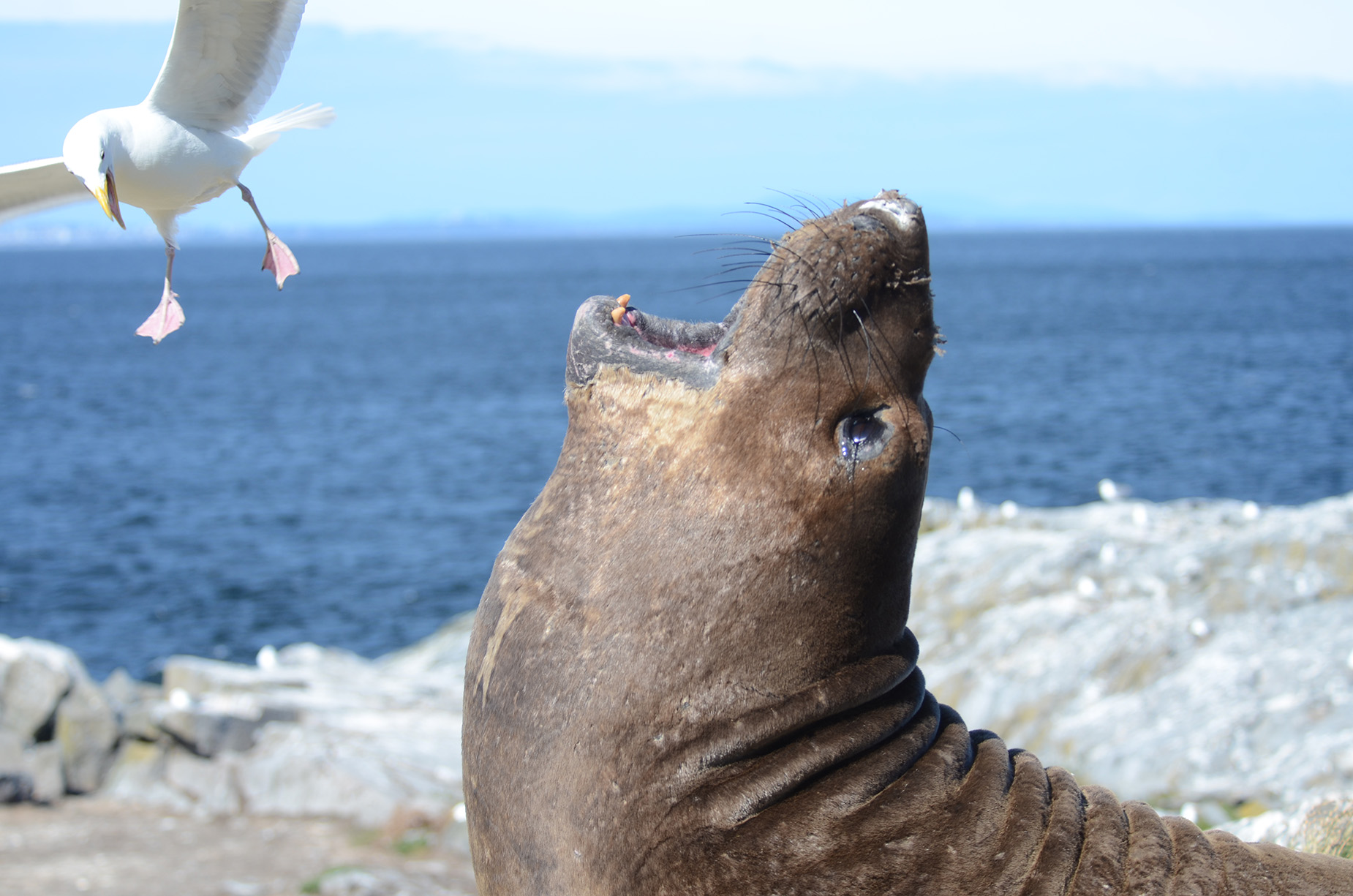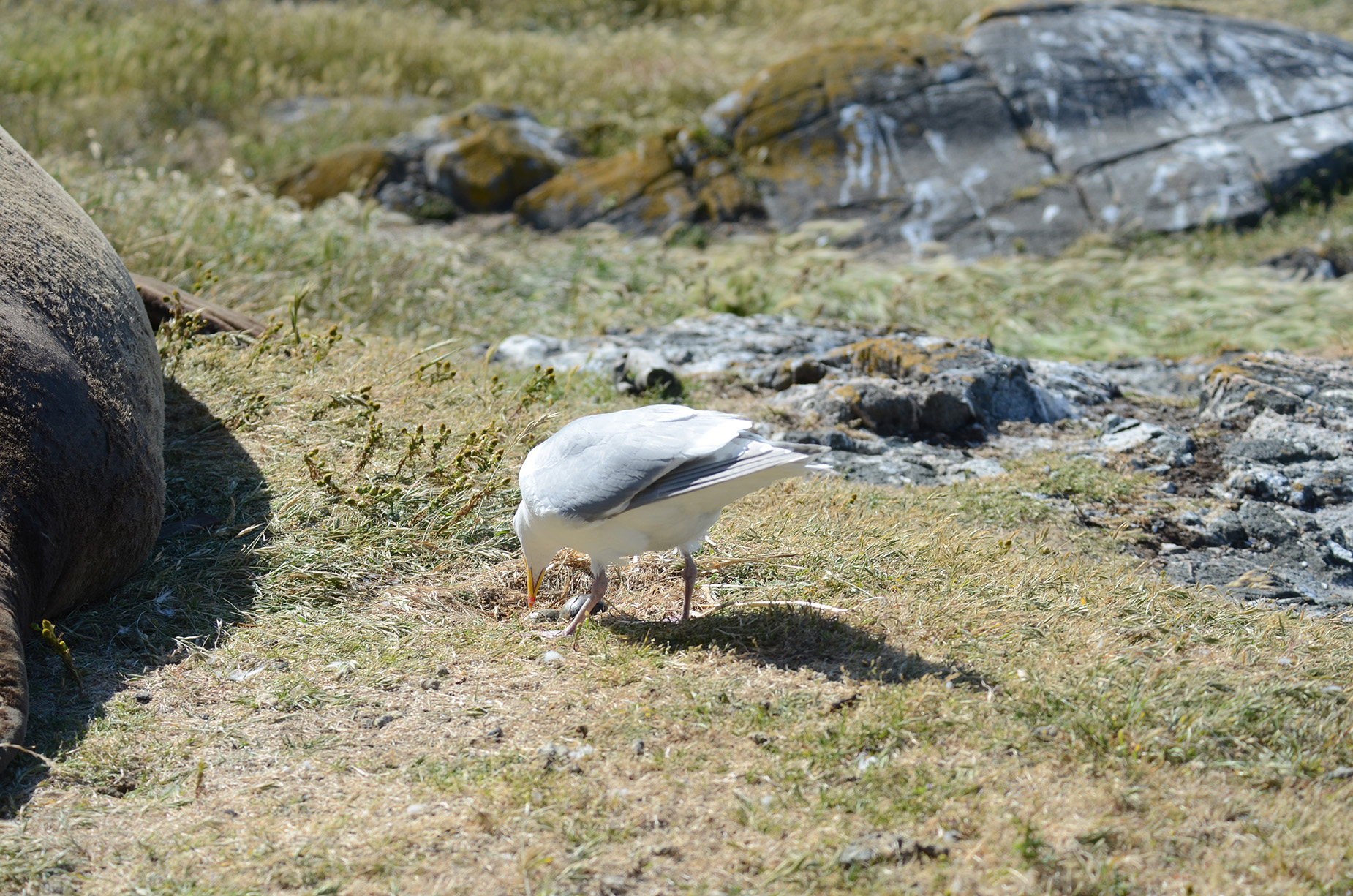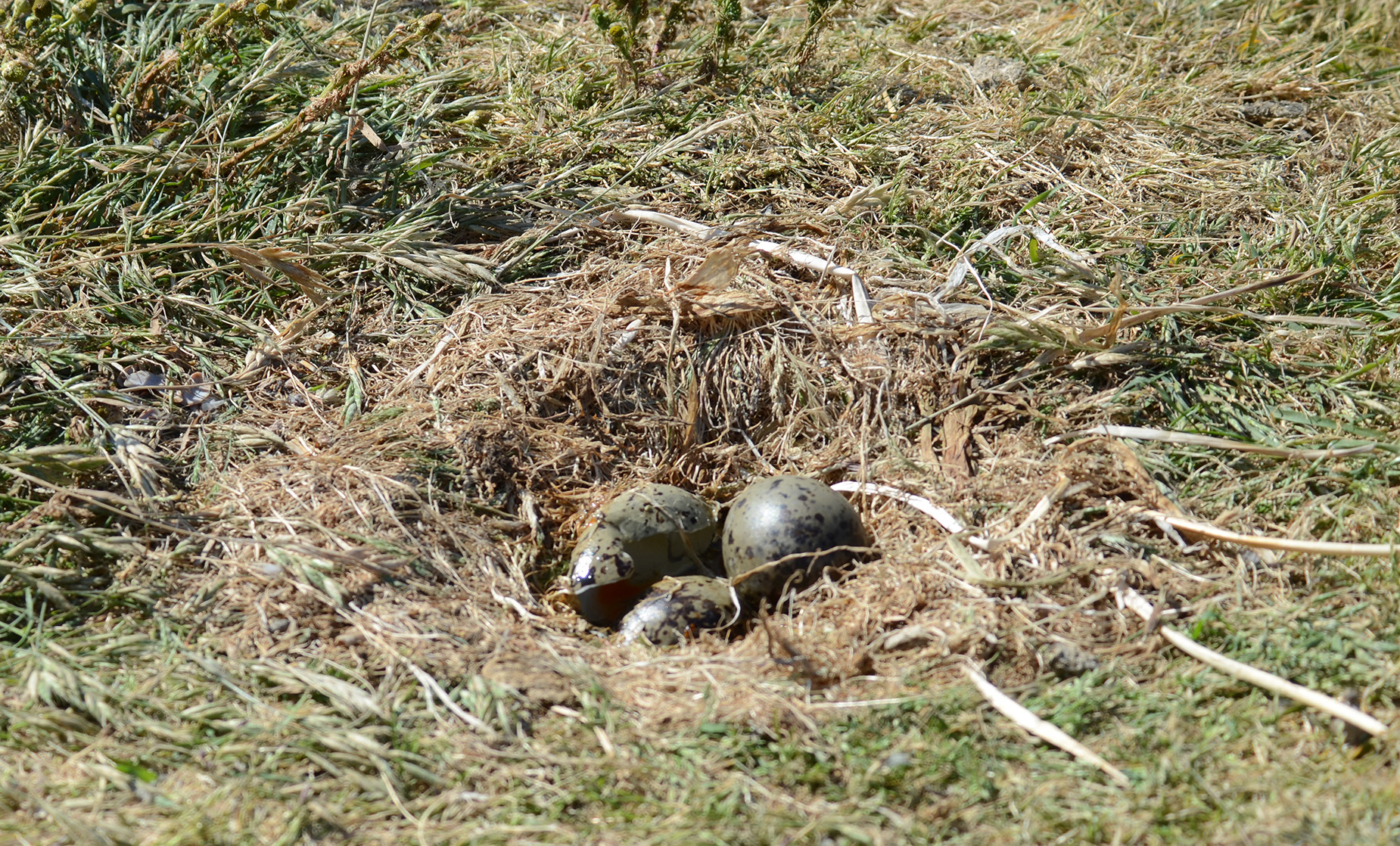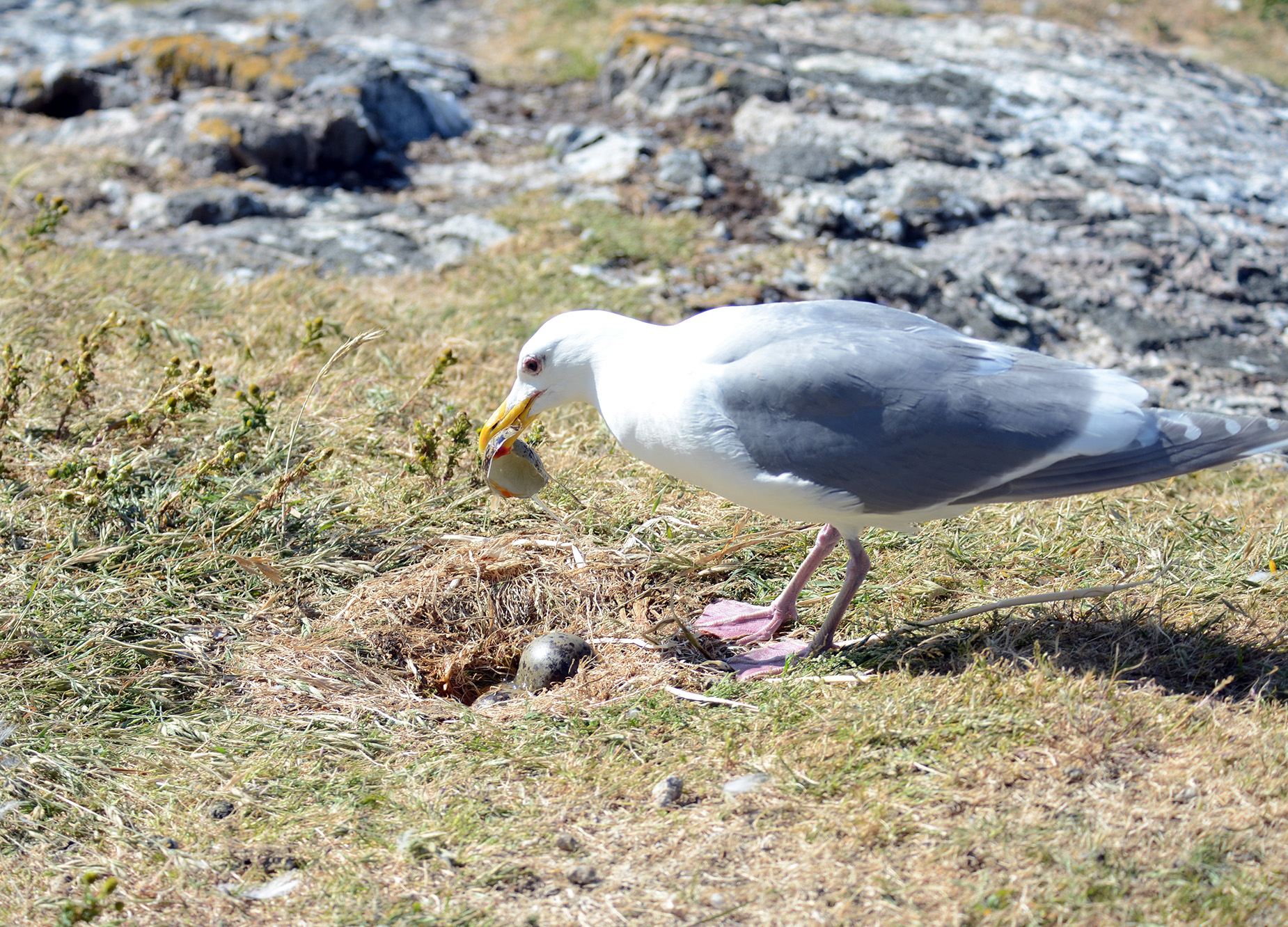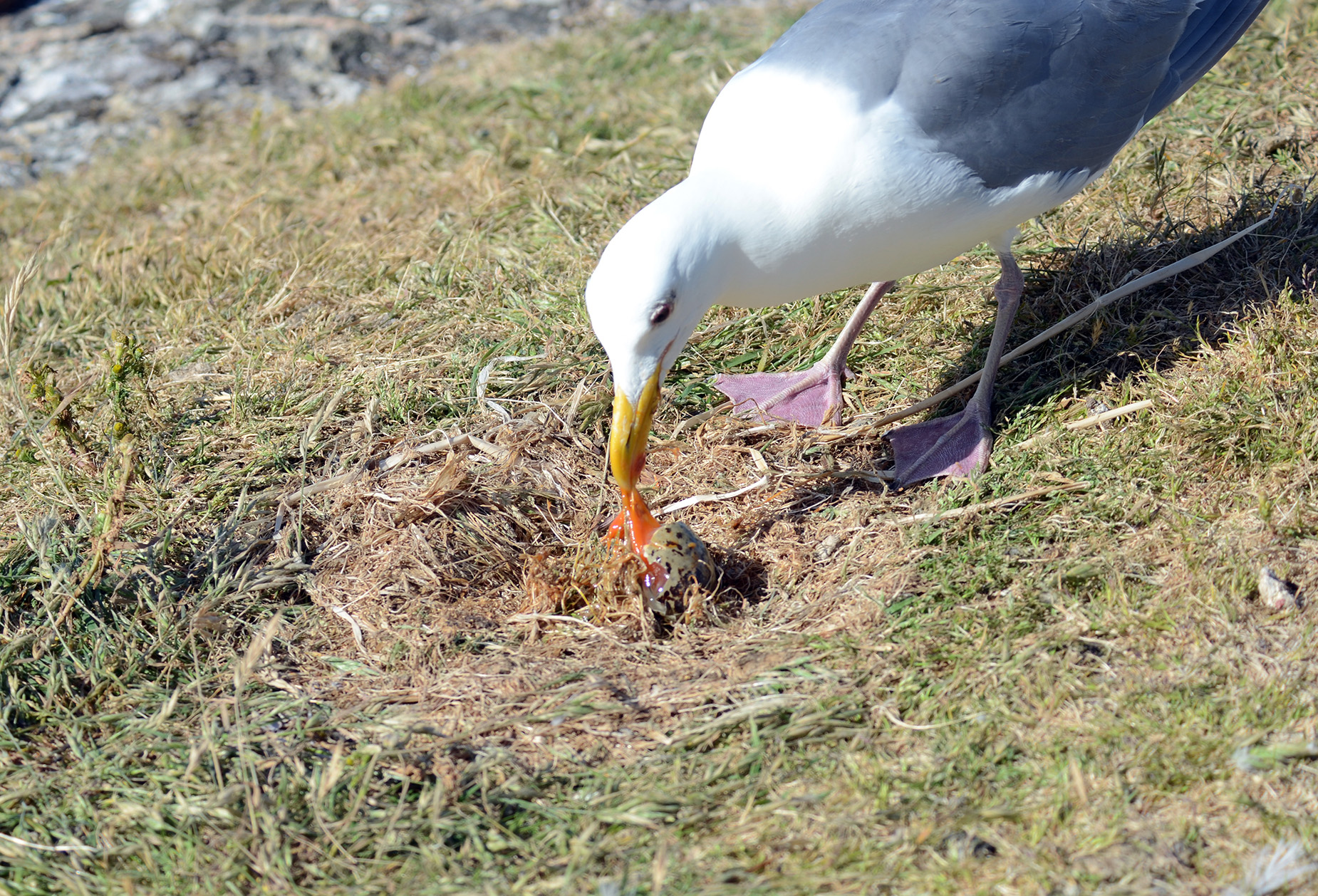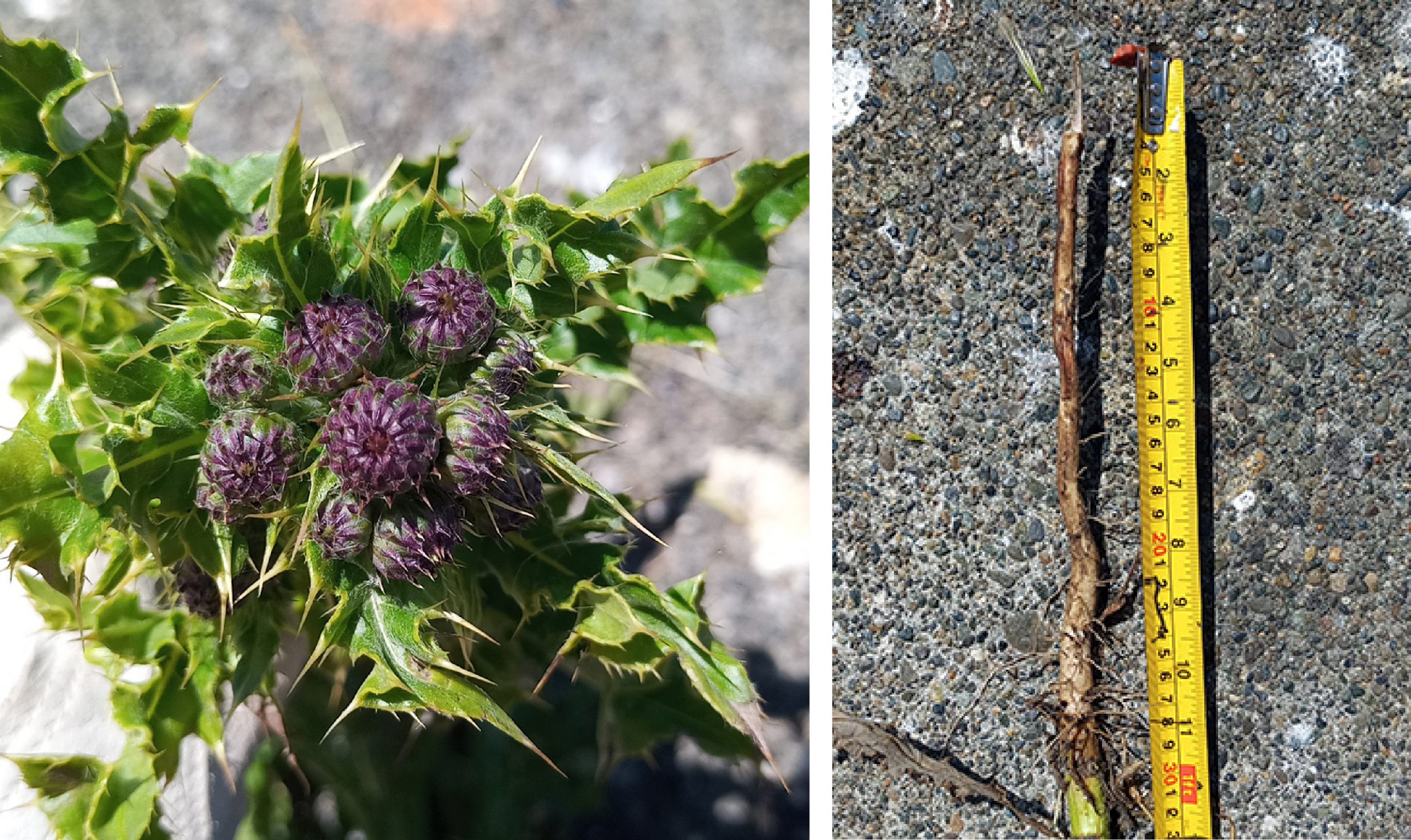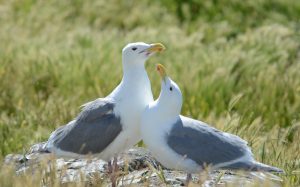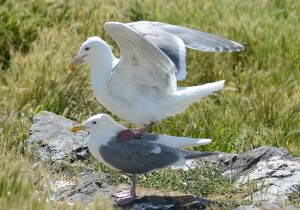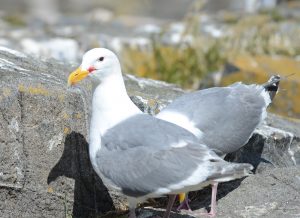Ecological Notes:
- Female Elephant Seal has left the ramp area…… back to sea for now it appears.
- Sunday night high winds brought down the pier fencing, and the Sea lions sure took advantage of that fast!
- Very young, tagged, Elephant Seal visited the ramp area briefly. I saw him coming up fast, so I left the area. When I returned a couple hours later, there were sea lions on the ramp and the Elephant Seal was gone. This was at the same time the adult female left.
- A known California Sea Lion, that was freed of an entanglement last year is around the north side. Although the wound still looks rough, the last Ecoguardian (Kendra) assured me this is a good improvement.
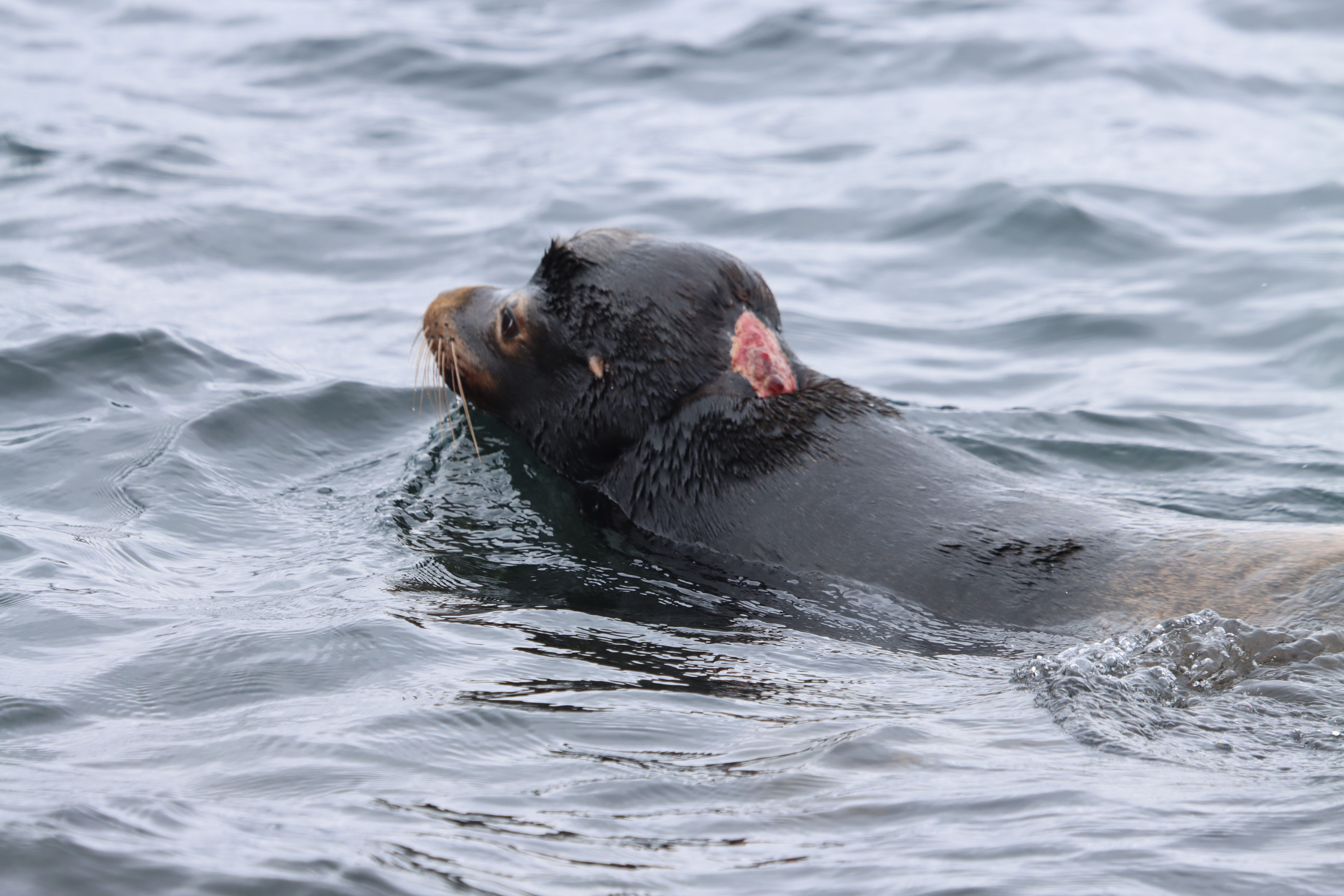
- In addition to the expected numbers, there have been a couple very large flocks of both Black Oyster Catchers, and Black Turnstones. Groups were seen briefly, before flying off.
- Black Oystercatcher
- Black Turnstone
- Nearly double the normal number of Canada Geese here still.
- There are still many Humpback Whales viewable from the park, and Transient Orca have passed by nearly every other day.
Visitors:
- Work crew still working on the windows on the Student and Science centre, as well as finishing the inside of the last window on the main house.
- A small group of donors, and a couple college staff visited for a tour of the facility.
Facility Work:
- Ongoing repairs and upgrades to the electrical fencing. Awaiting new connectors to replace a couple sections and add a new section.
- Fuel transfers and an extra check on battery electrolyte levels.
- Although not overly high, wind direction has blown some doors off, including the boat shed …. minor items, but they add up!
- Taking advantage of the rain periods to clean the sidewalks (mostly goose poop), as well as cleaning the salt off the windows.
- Cleaned the windows on the tower, inside and out.
Noted Vessel Traffic:
- Still a few Ecotourism vessels
- 2 Jet skis have visited the reserve a couple days in a row.
Noted Infractions:
- The first time the jet skis were scene, they were doing doughnuts and high speed passes in the main channel, disturbing birds and sea lions. My camera was charging, but i signalled to them with the blowhorn siren and waved them off.
- The next day, they stayed out of the reserve, playing in one of the standing current waves a little further out. They did a wide sweep around the area on their way back (hopefully realizing they were being watched).
Weather Events:
- Monday, November 11:
- Sky: overcast with frequent sunny breaks
- Wind: Morning Westerly winds to 25kts, veering to west at 5-10 kts in the afternoon
- Sea: 1 meter swell, calming to slight chop by afternoon
- Temperature Low 12oC, High 18oC
- Sky: overcast with frequent sunny breaks
- Tuesday, November 12:
- Sky: Overcast, with sunny breaks
- Wind: mixed N-NE 5-10 kts
- Sea: slight chop, but a swell wrapping around into the pier area by afternoon
- Temperature Low 10oC, High 112oC
- Sky: Overcast, with sunny breaks
- Wednesday, November 13:
- Sky: Overcast with light rain later in the day
- Wind: Variable direction Northerly winds, 5-10 kts, shifting to WSW later in the afternoon
- Sea: light chop, some tidal swell in the reserve
- Temperature Low 9oC, High 13oC
- Sky: Overcast with light rain later in the day
** All wildlife photos taken at the furthest distance possible, and may be cropped to improve detail! **
Weather – Current:
http://www.victoriaweather.ca/current.php?id=72
Weather – Past:
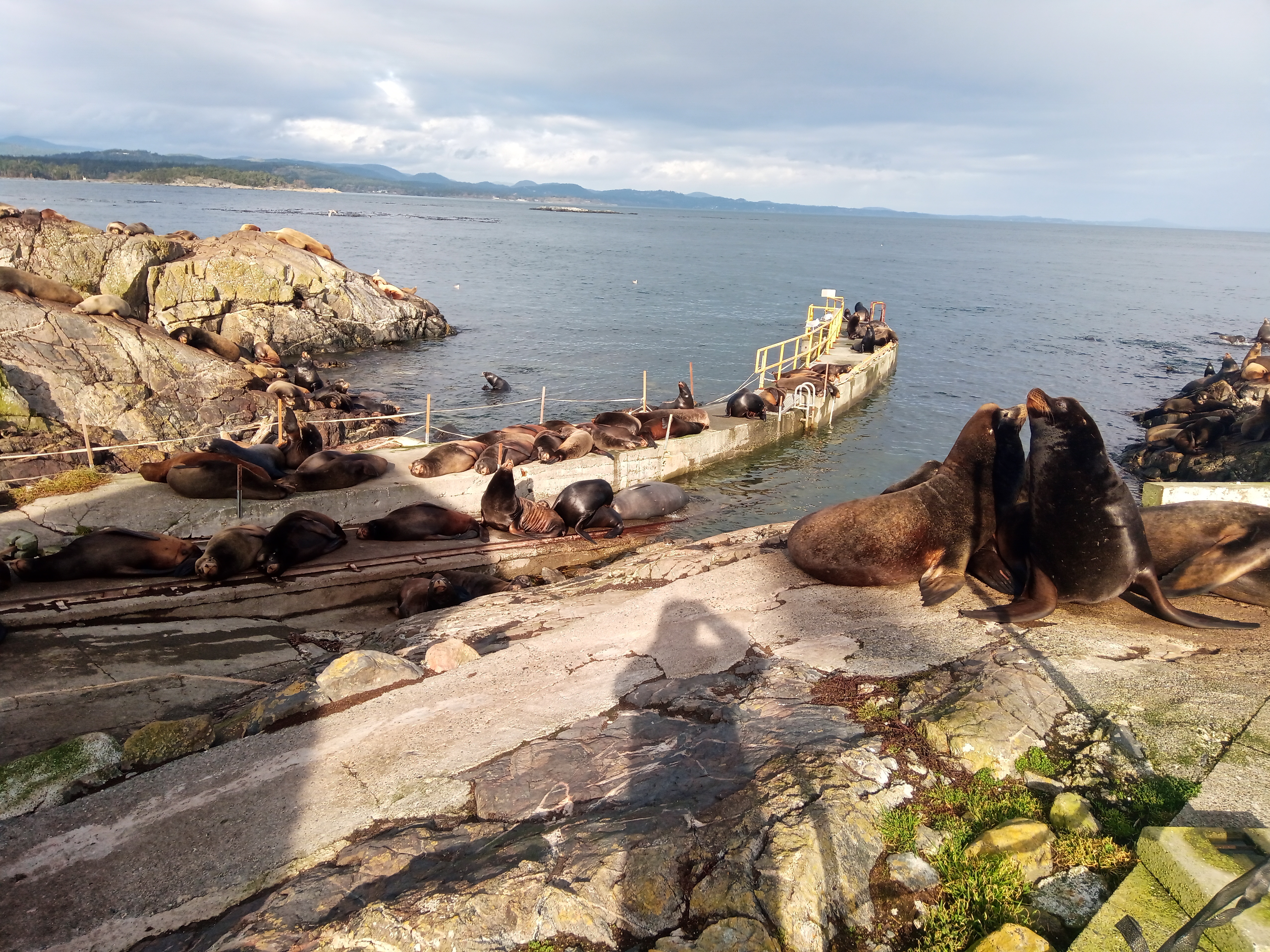
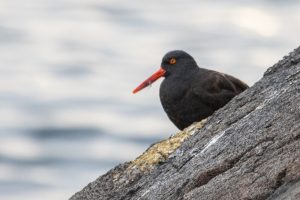
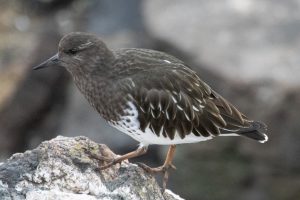
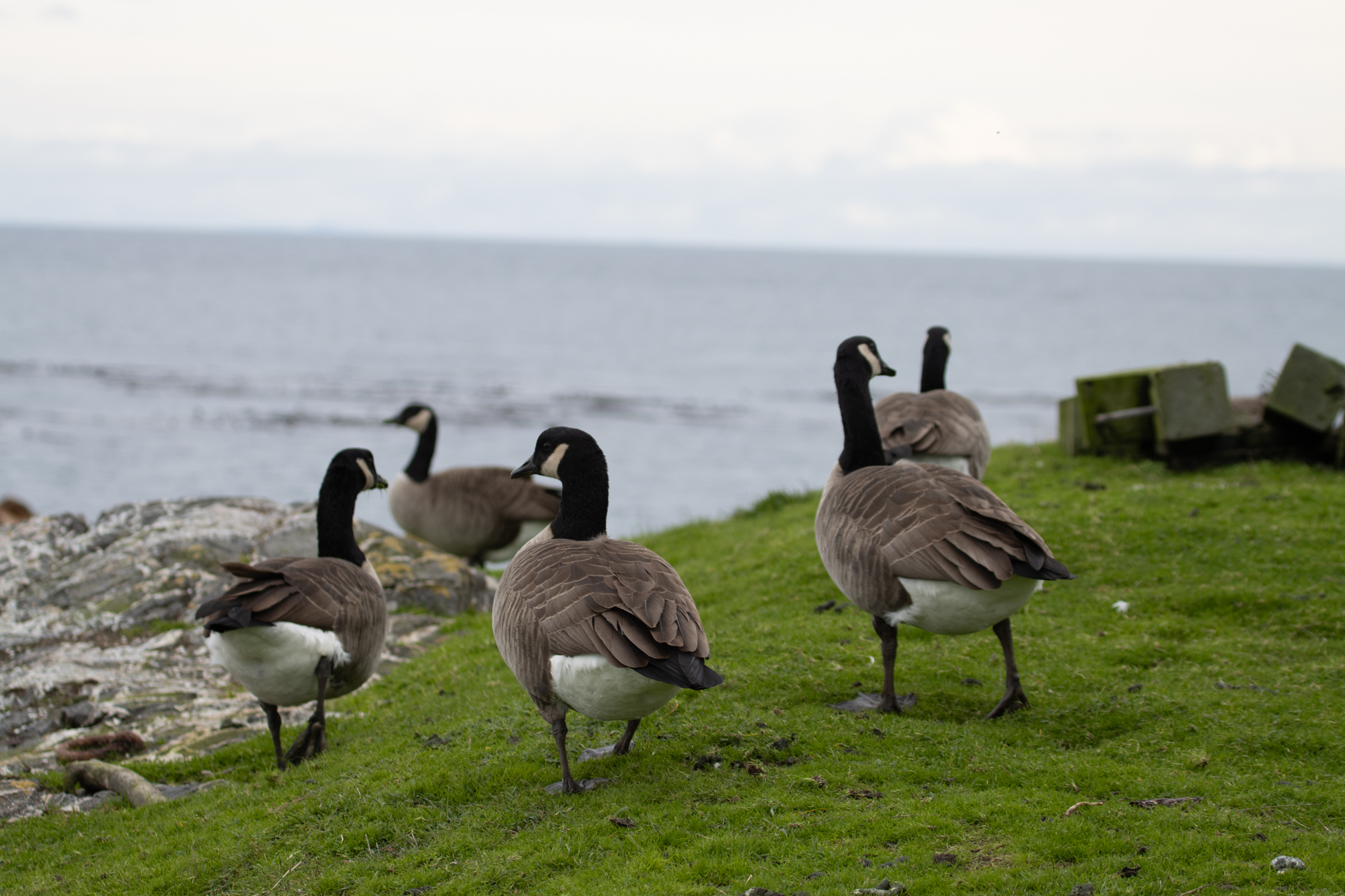
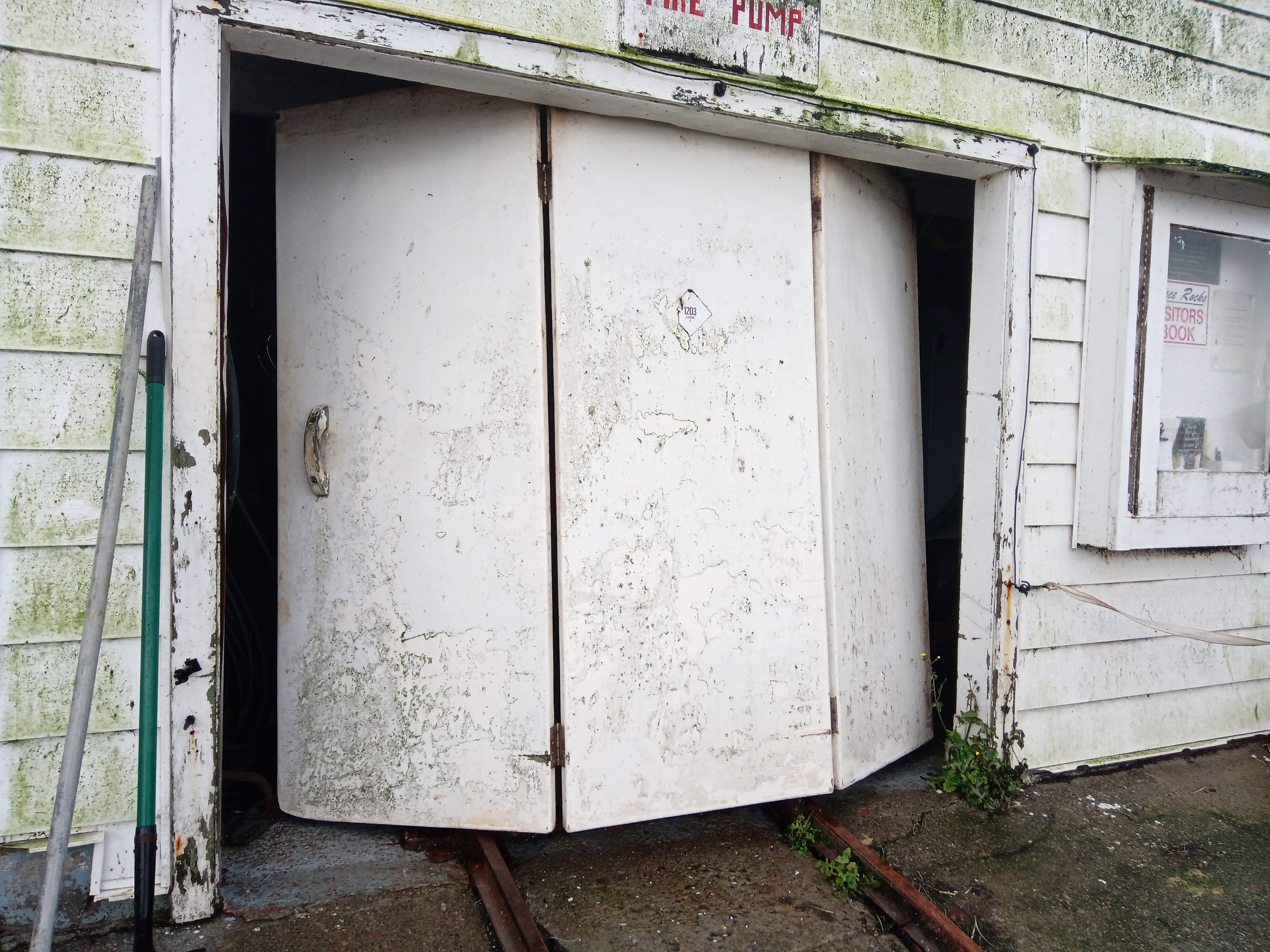
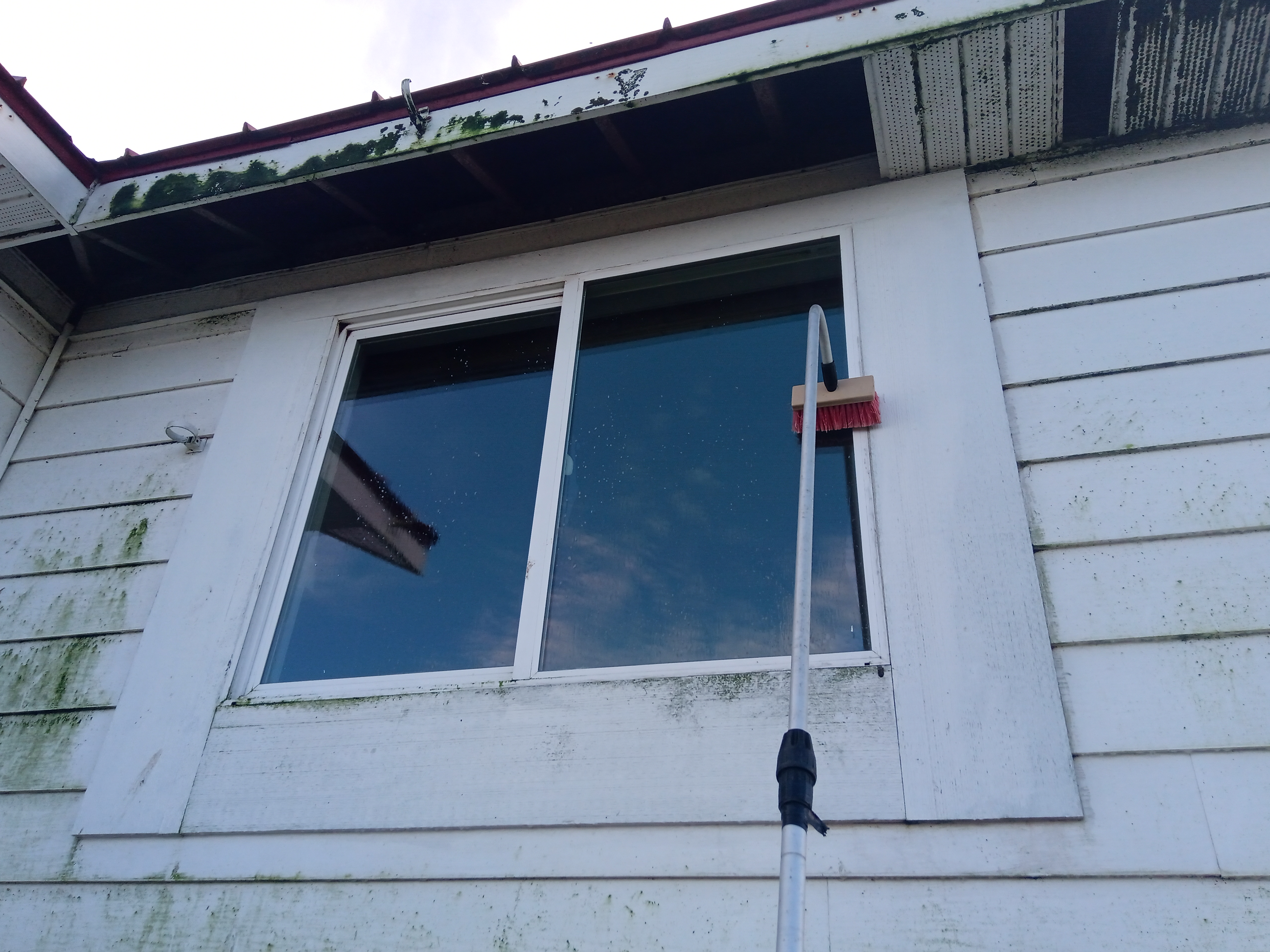
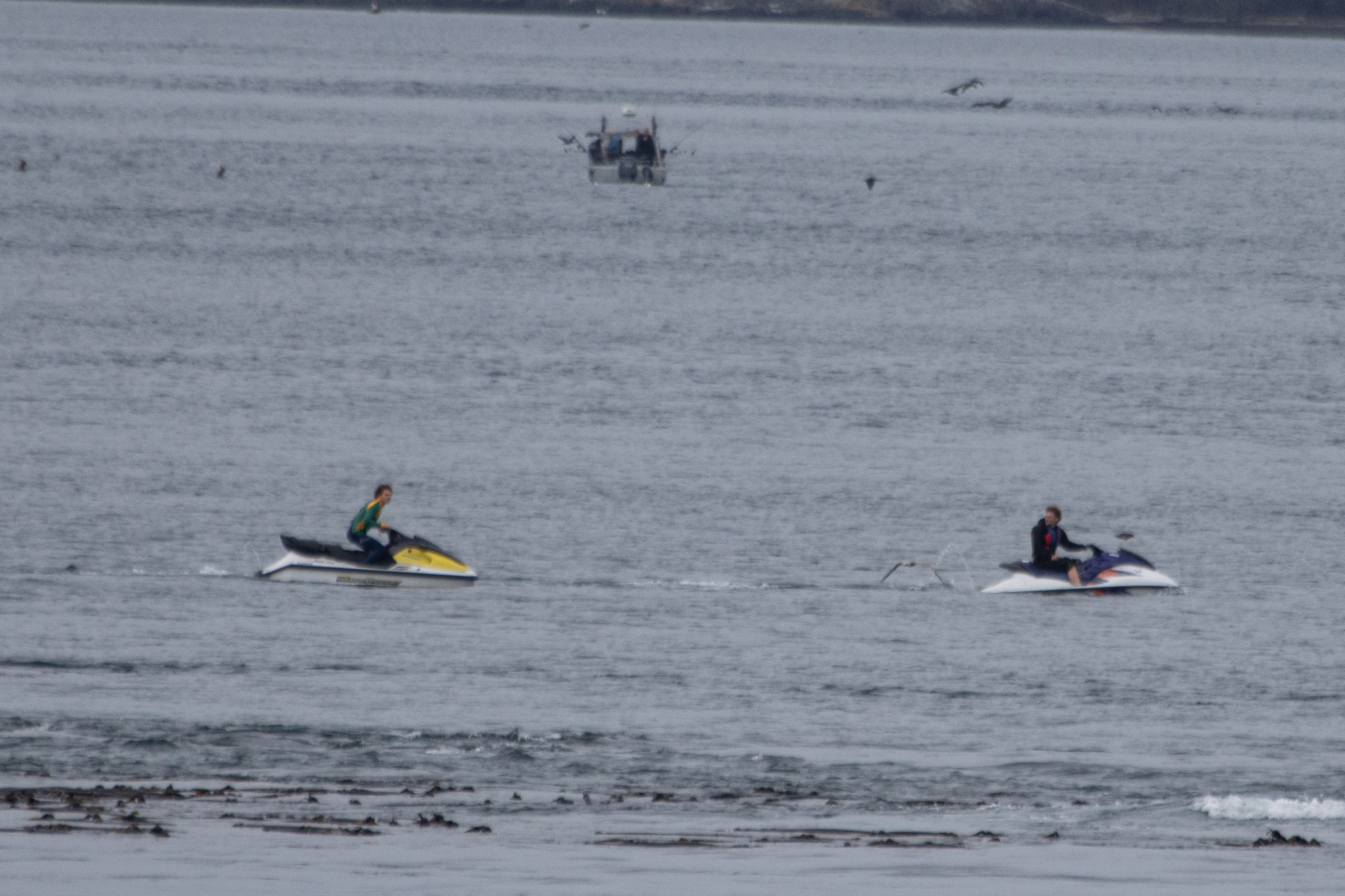
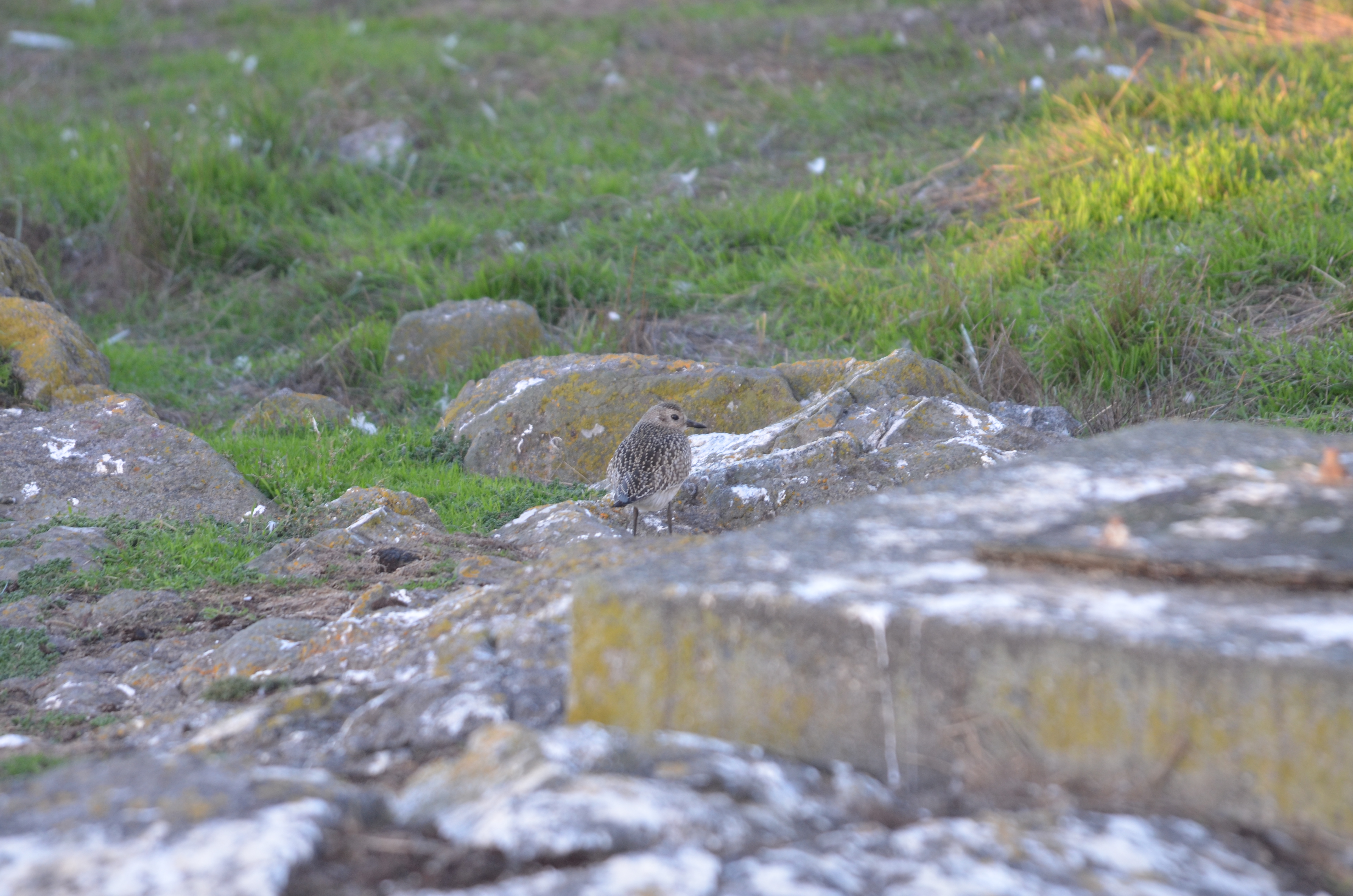
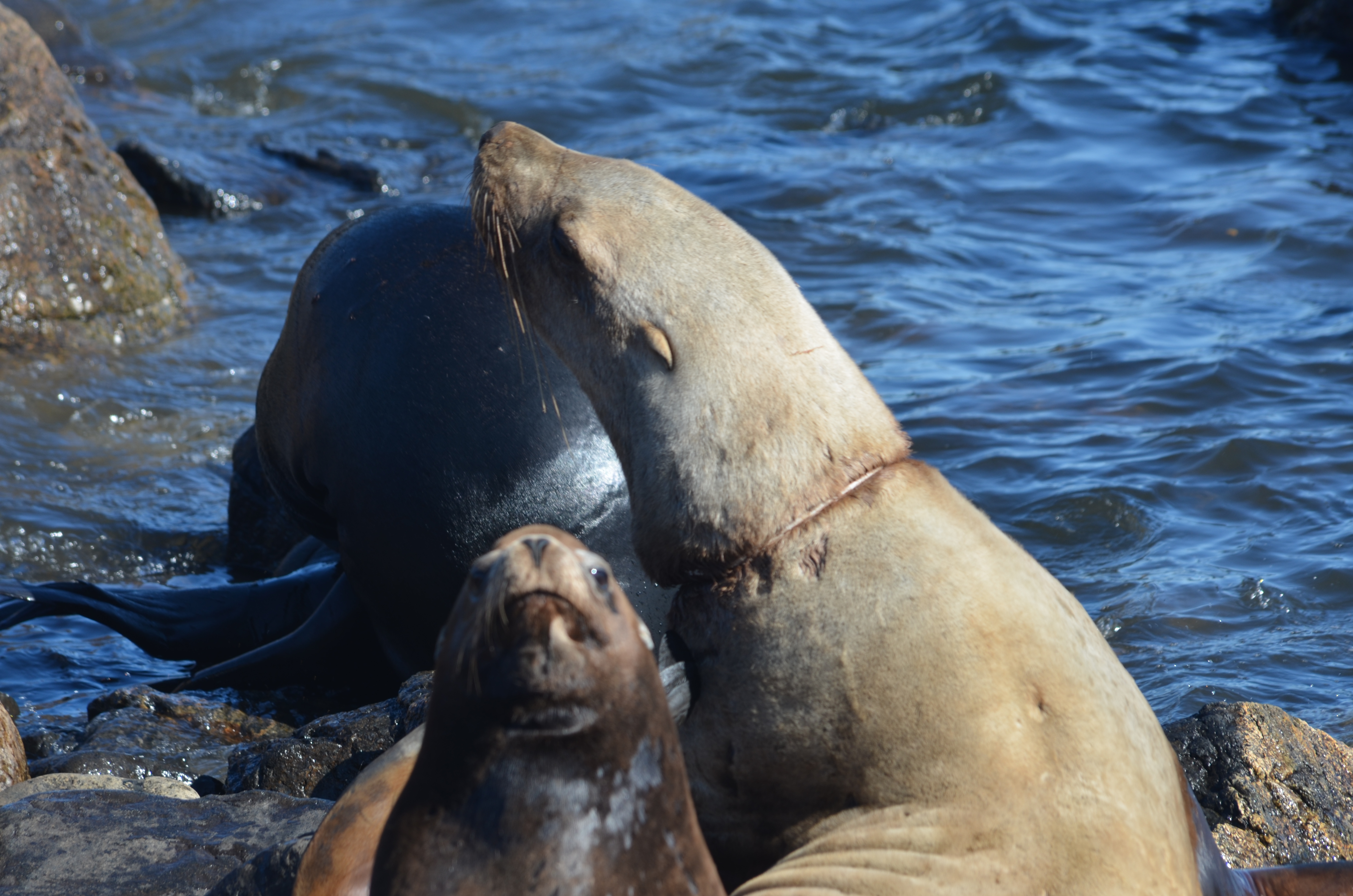
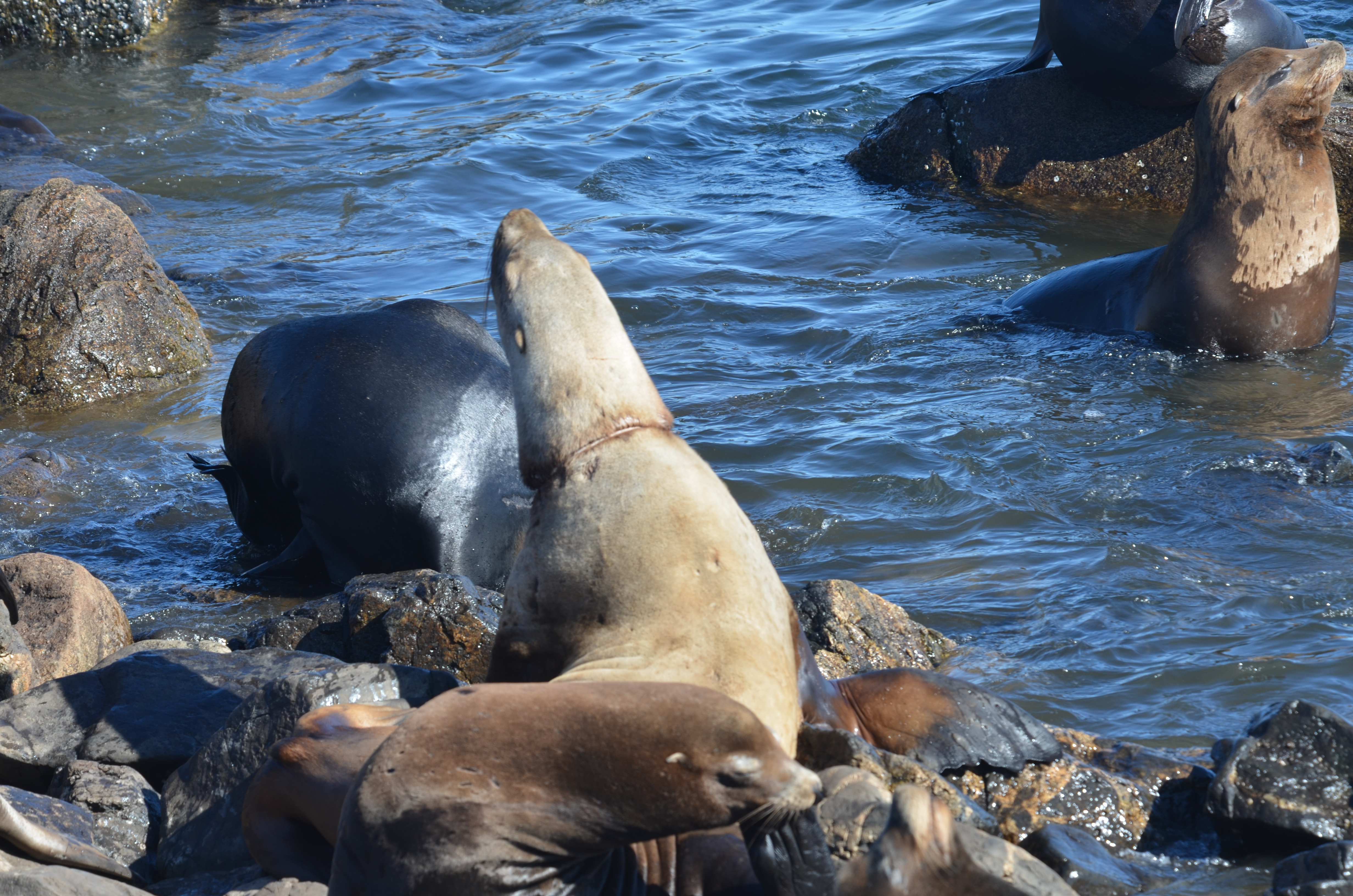
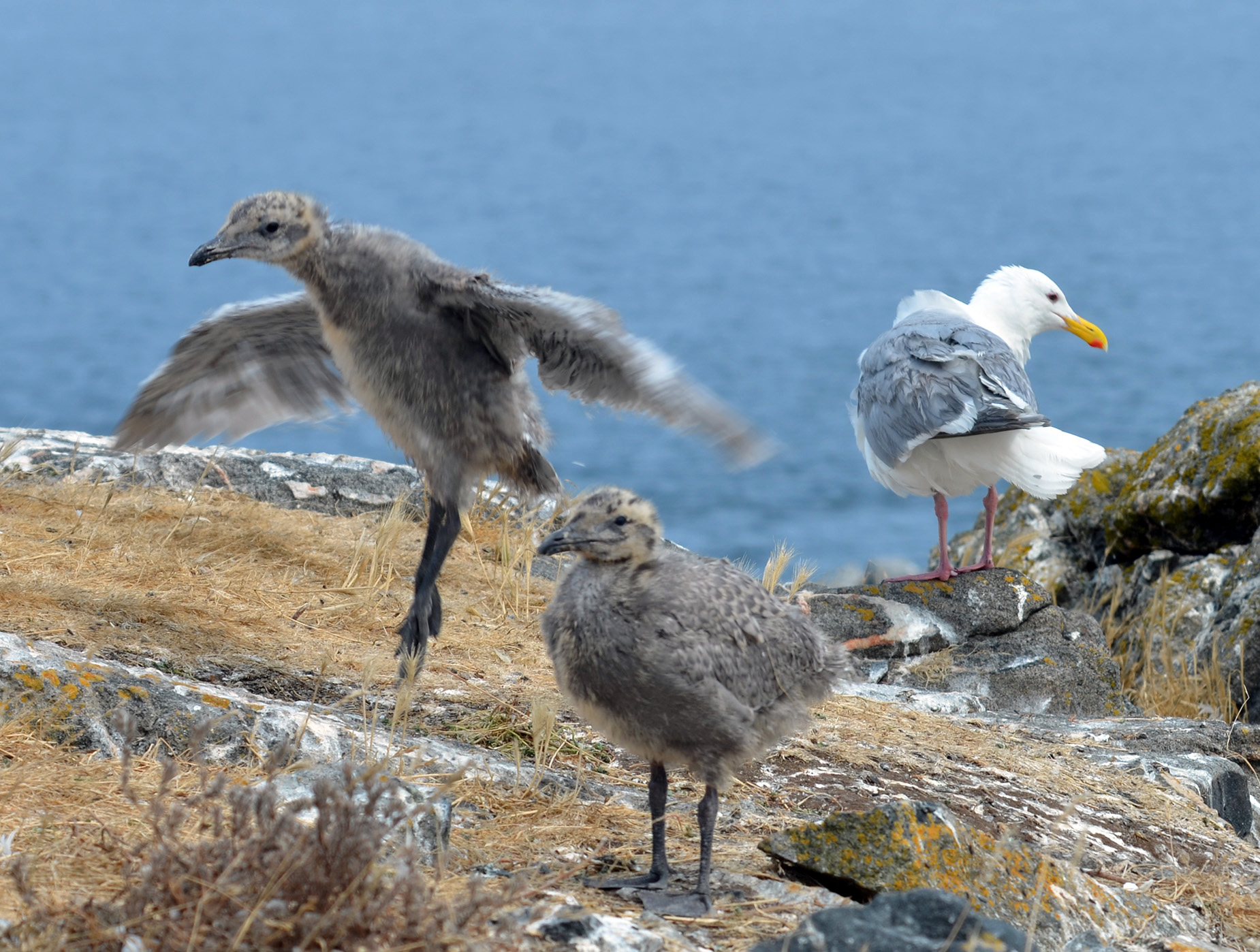
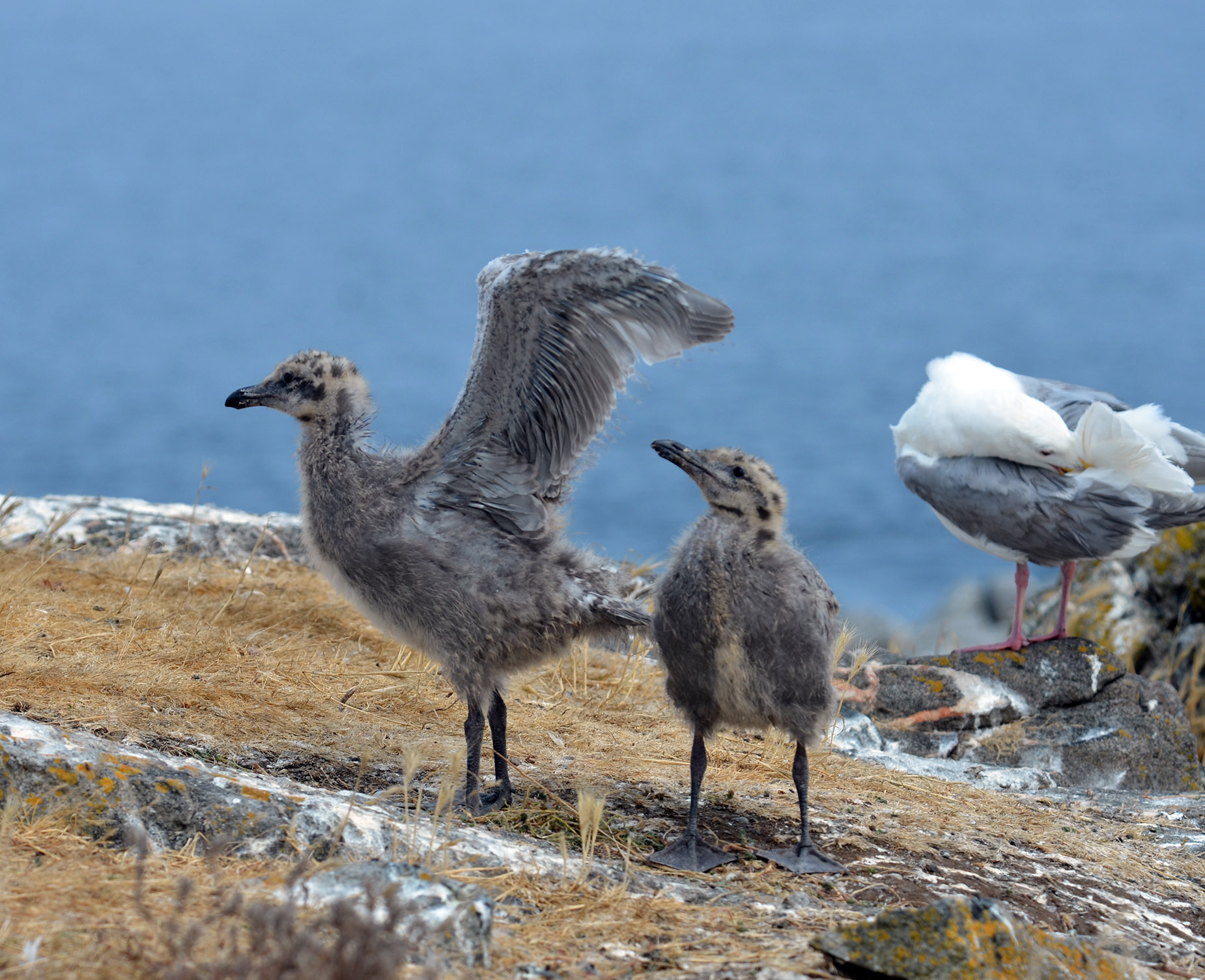
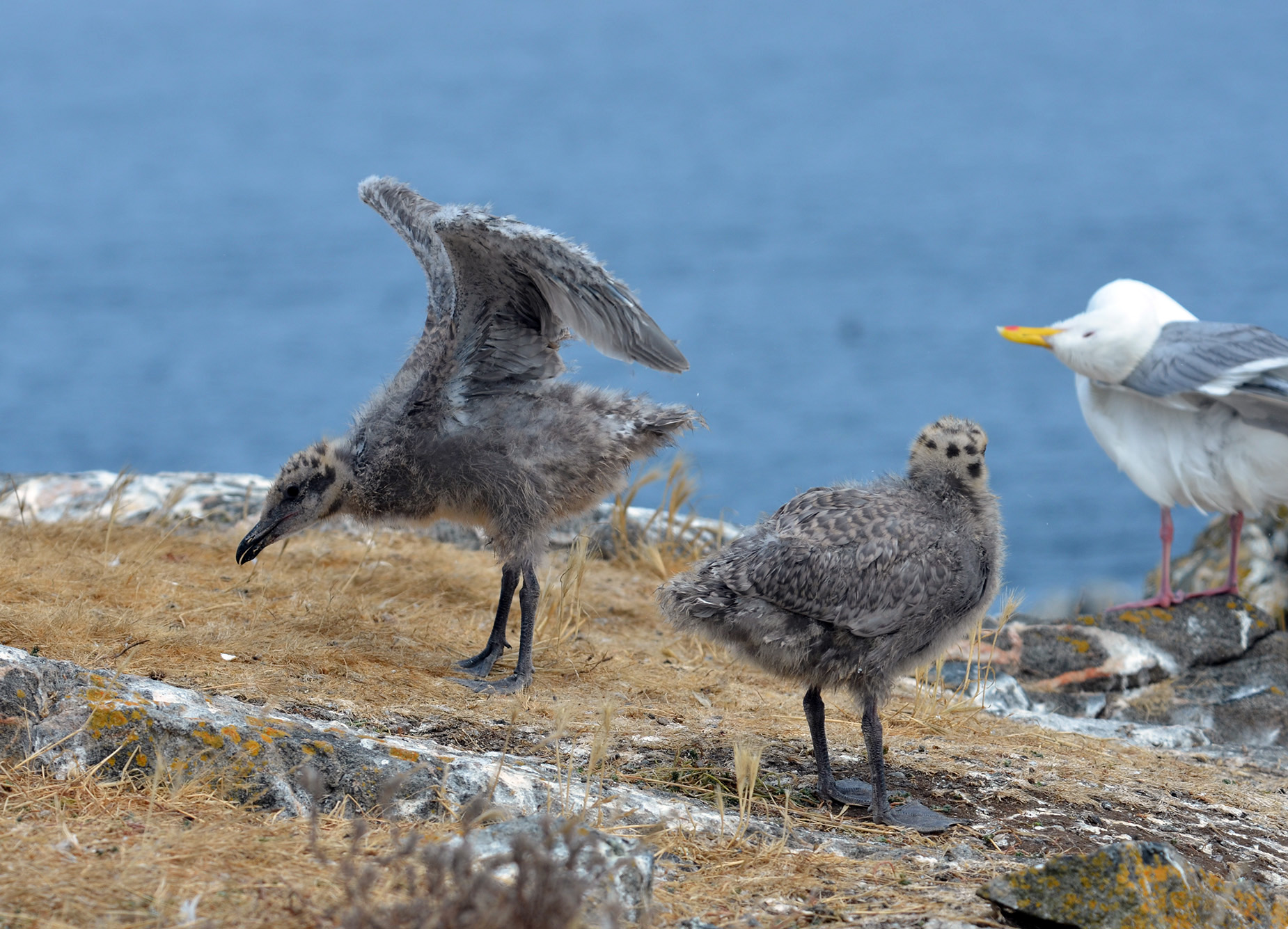
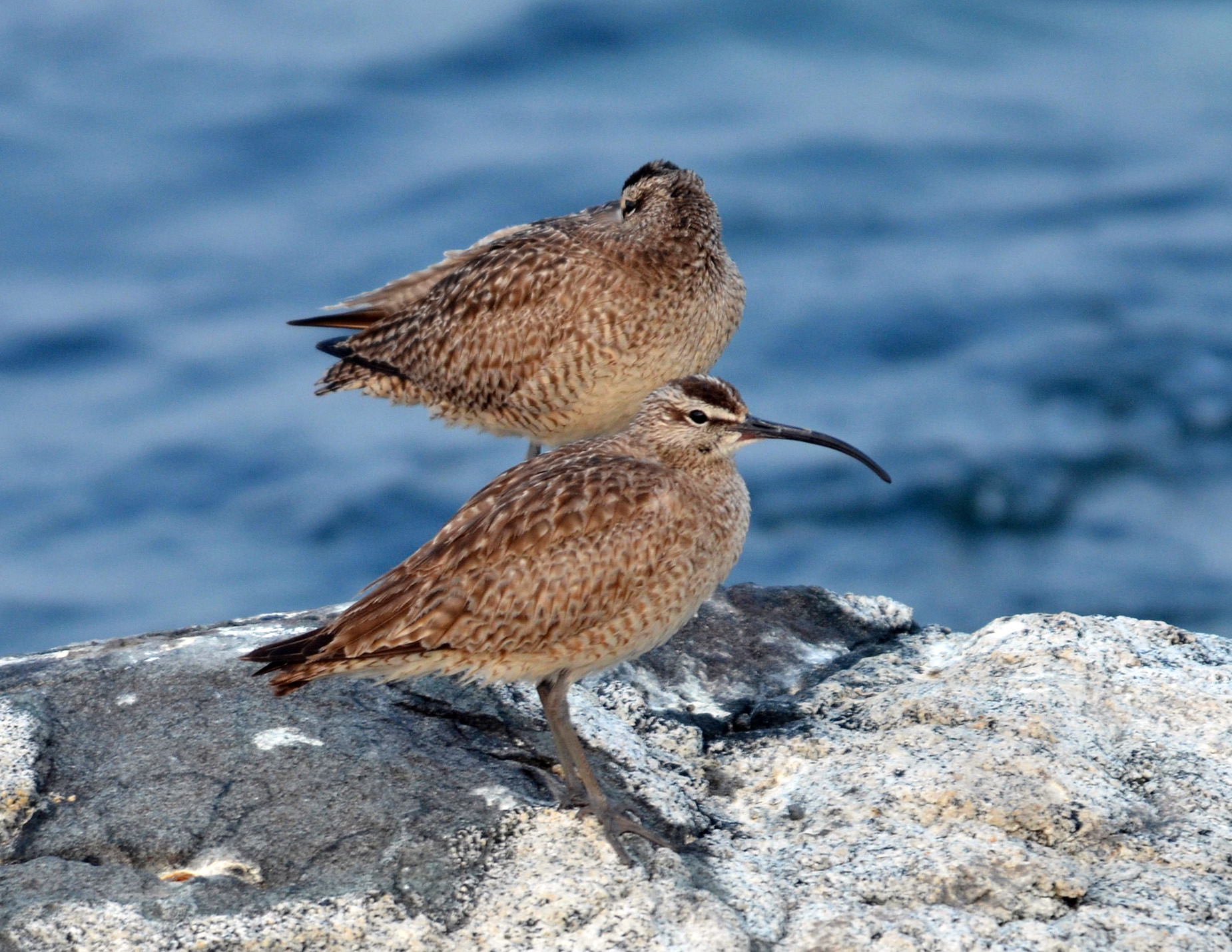
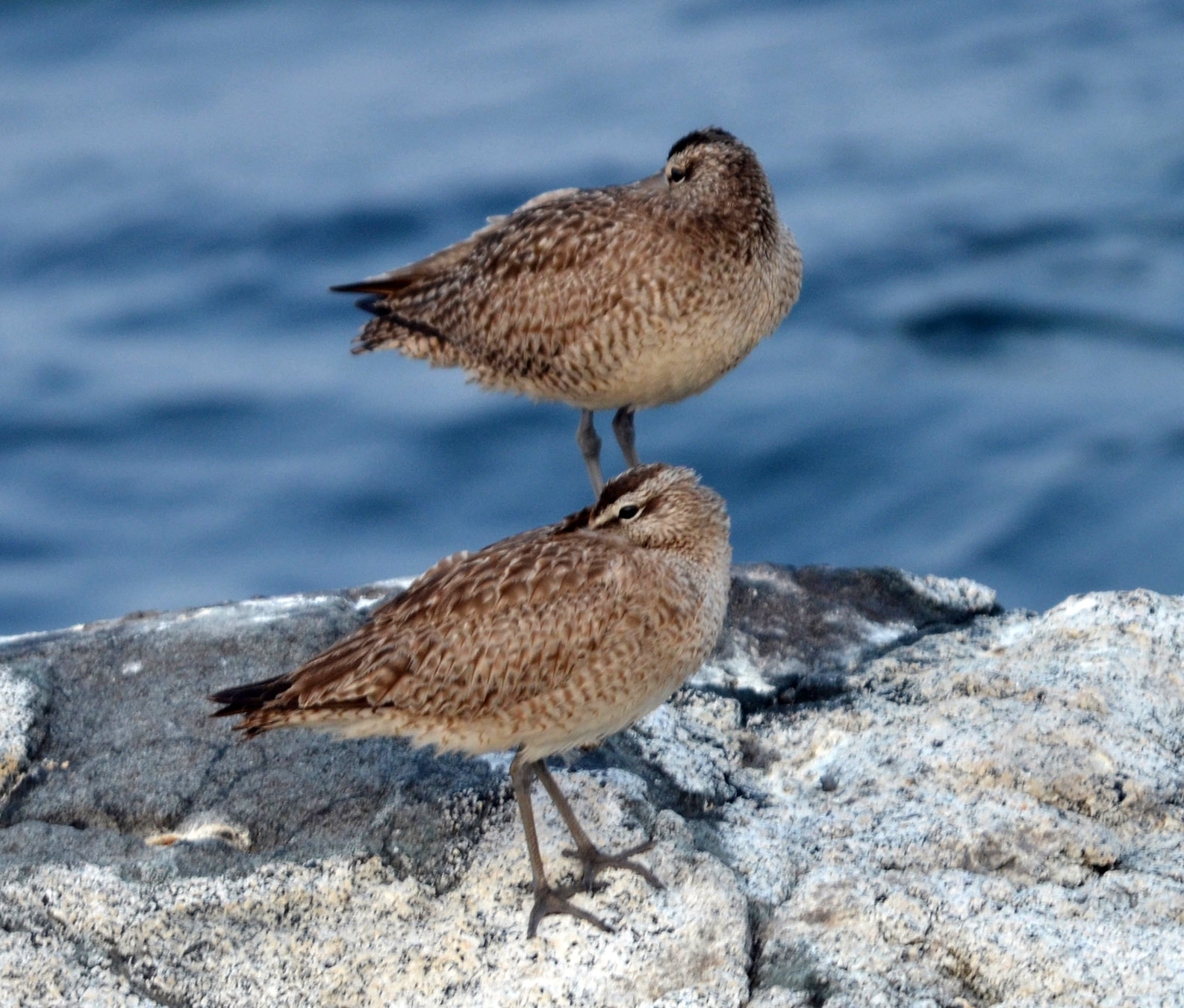
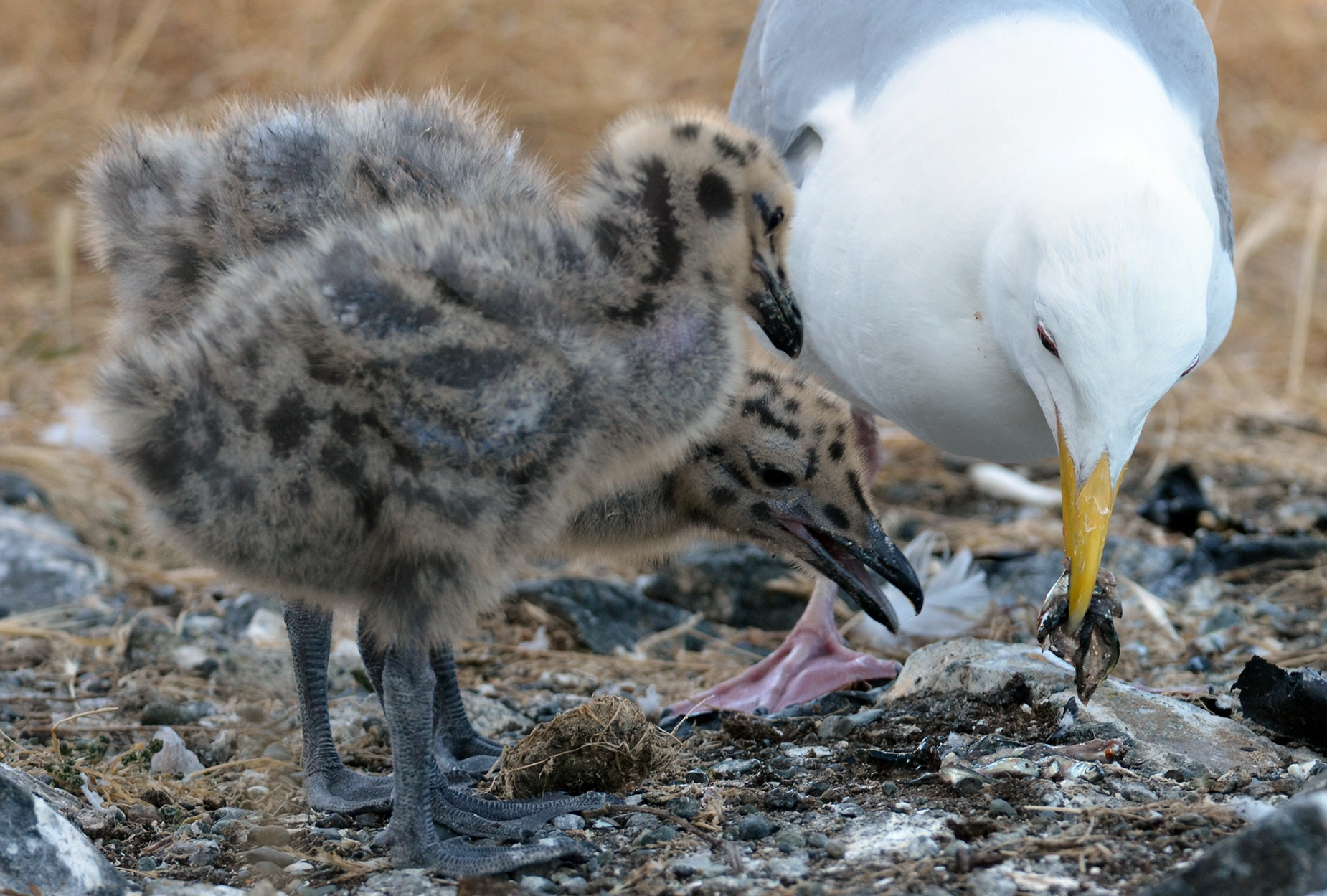
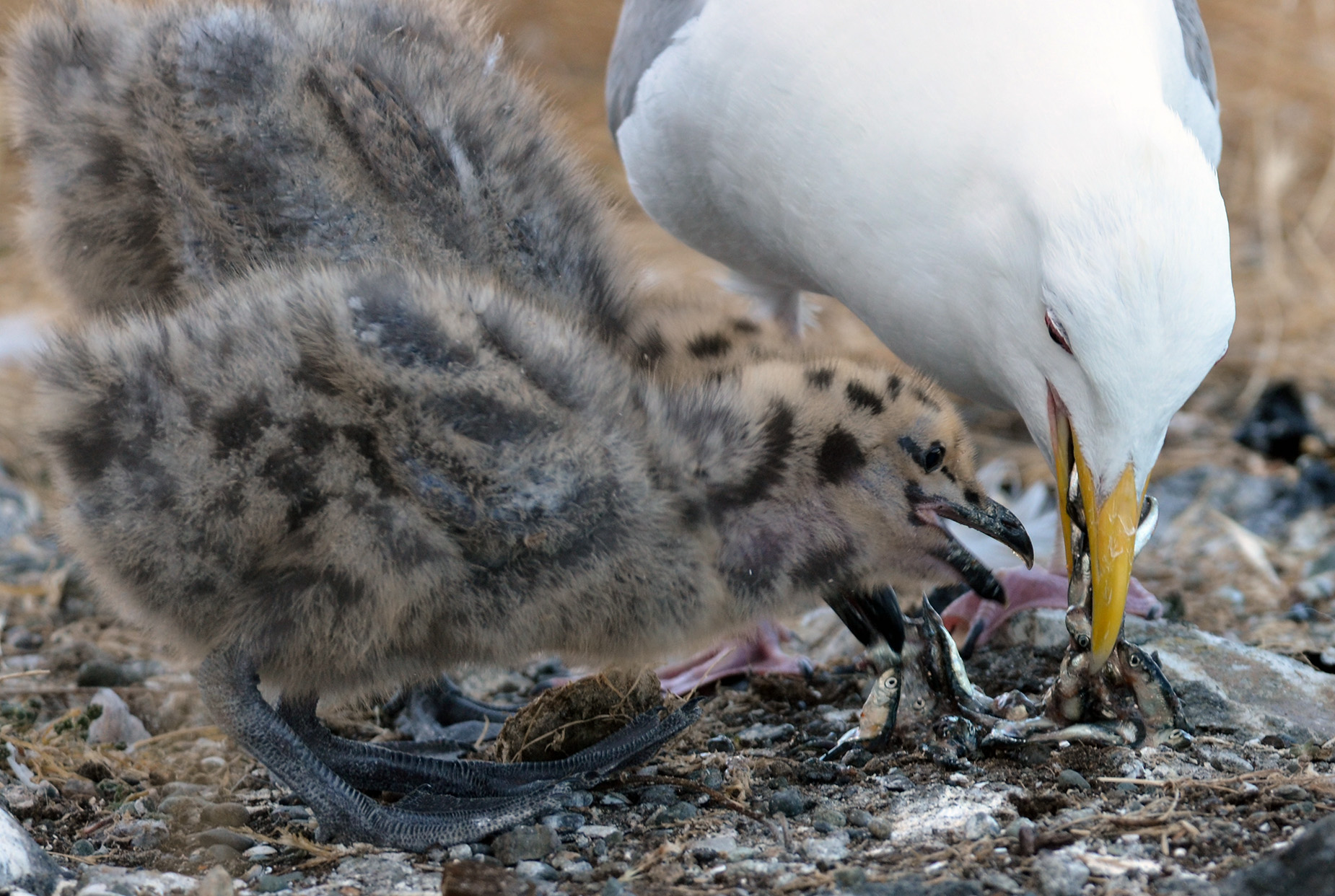
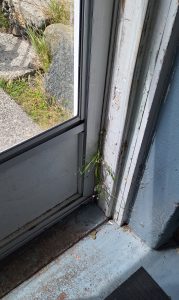 Facility work:
Facility work: